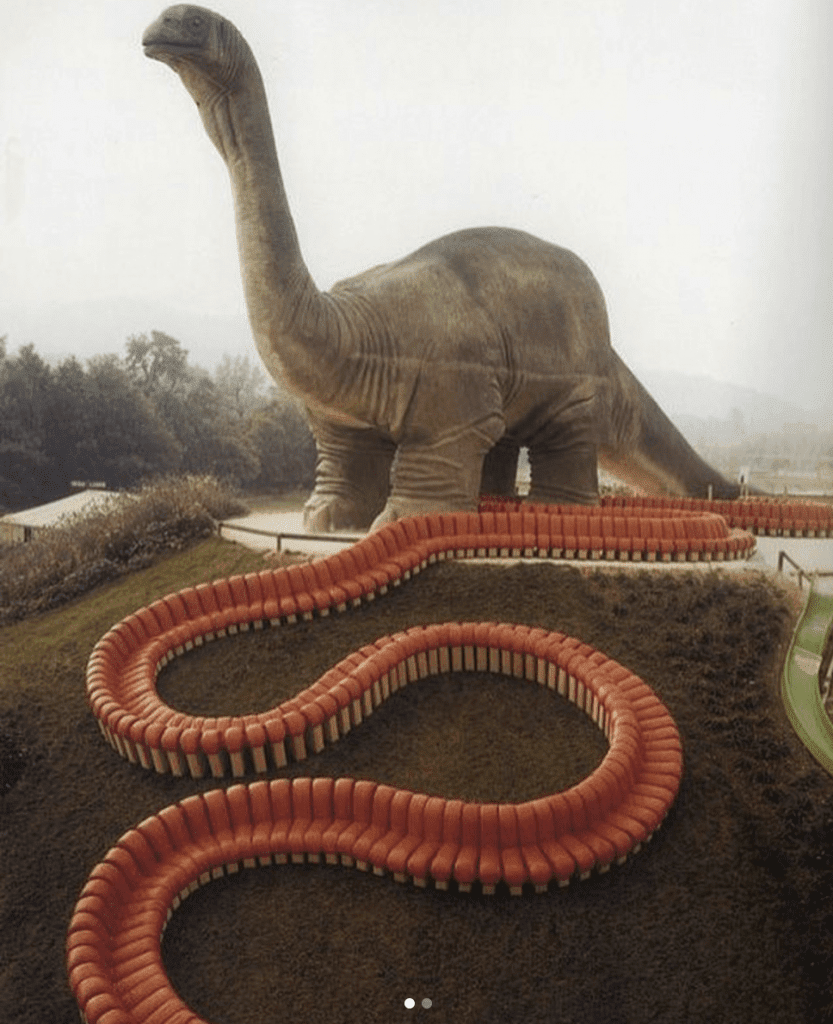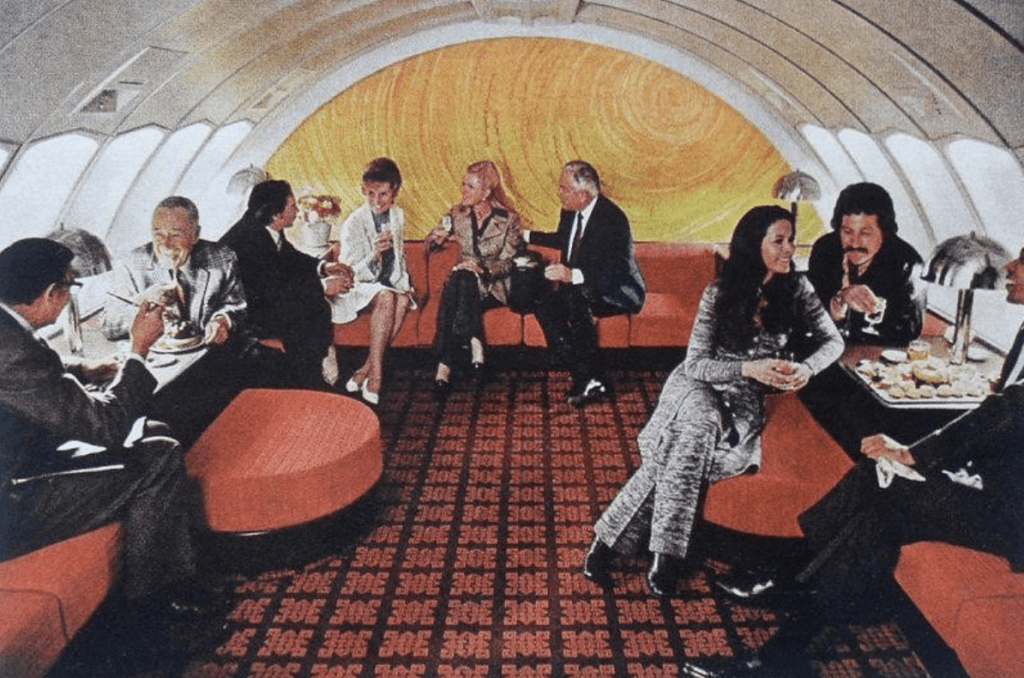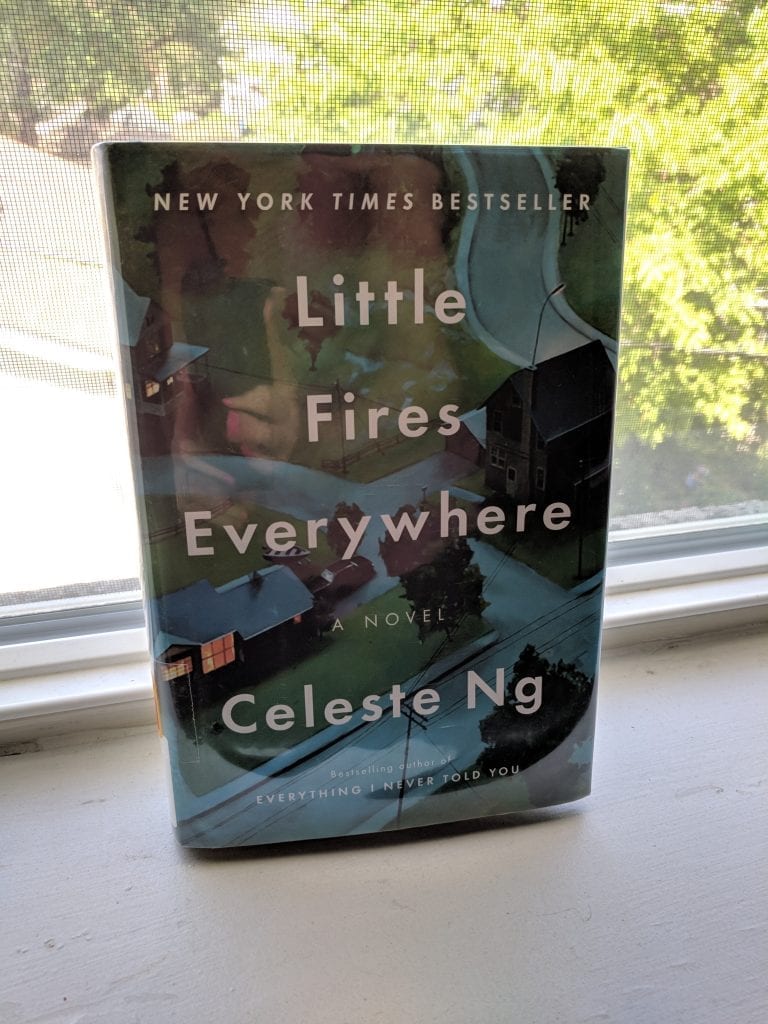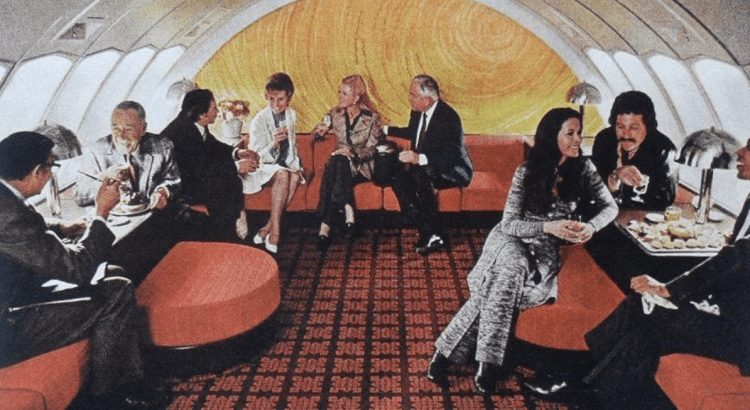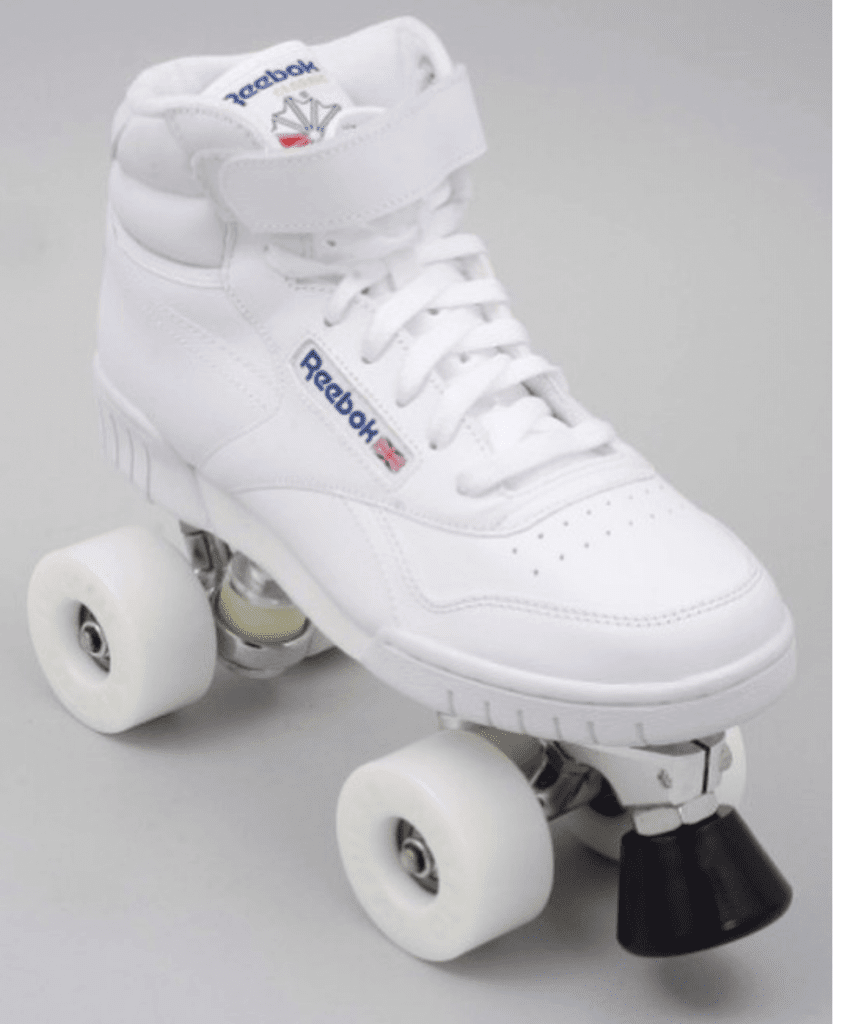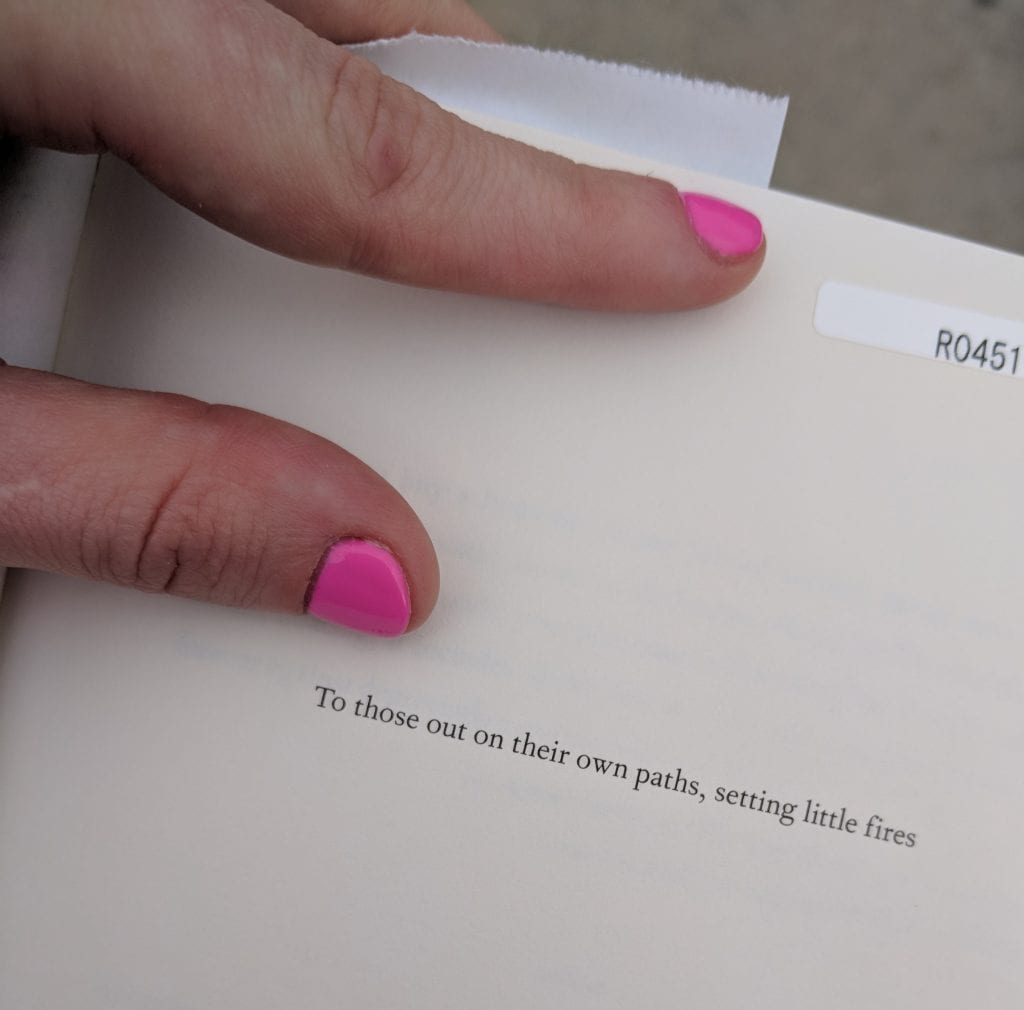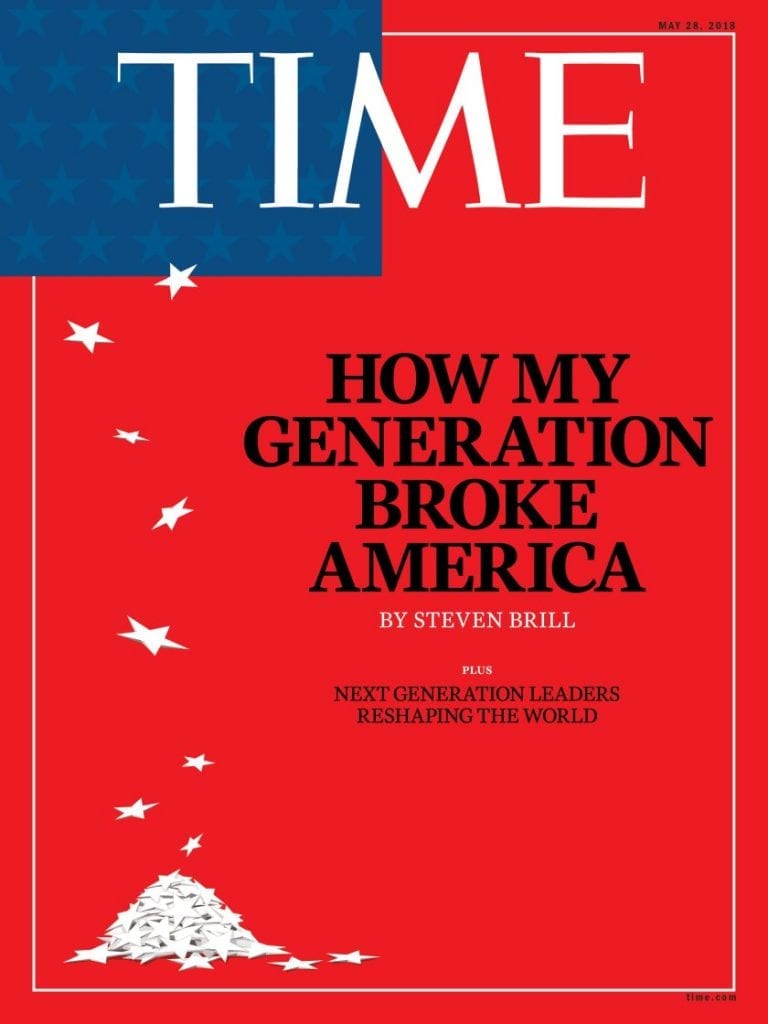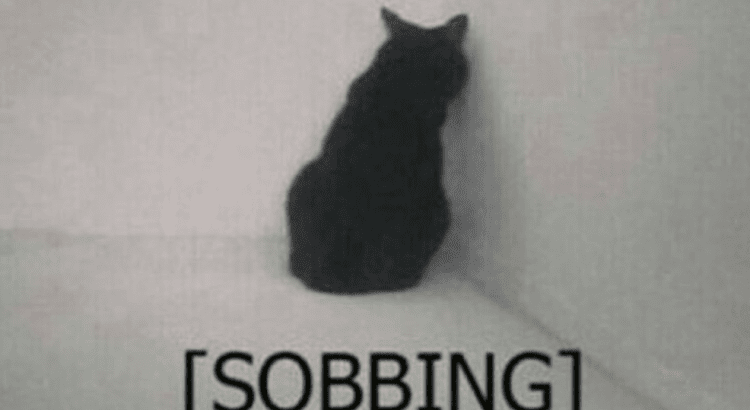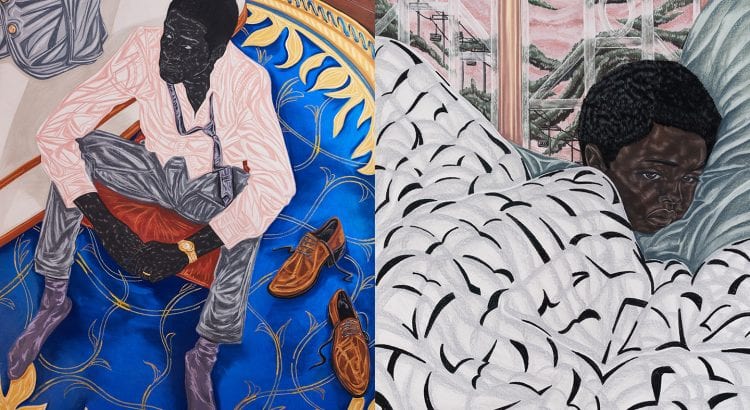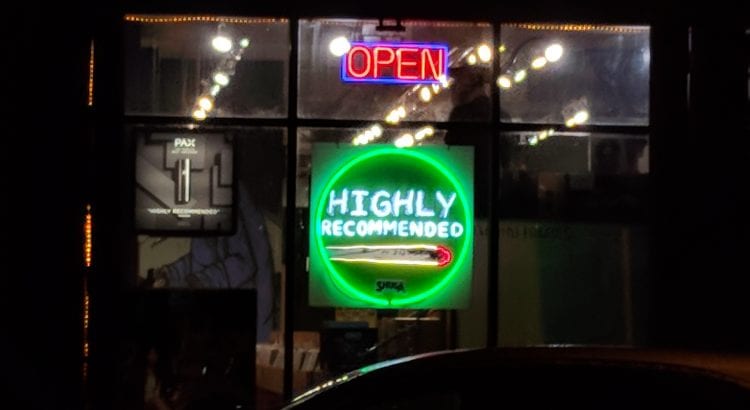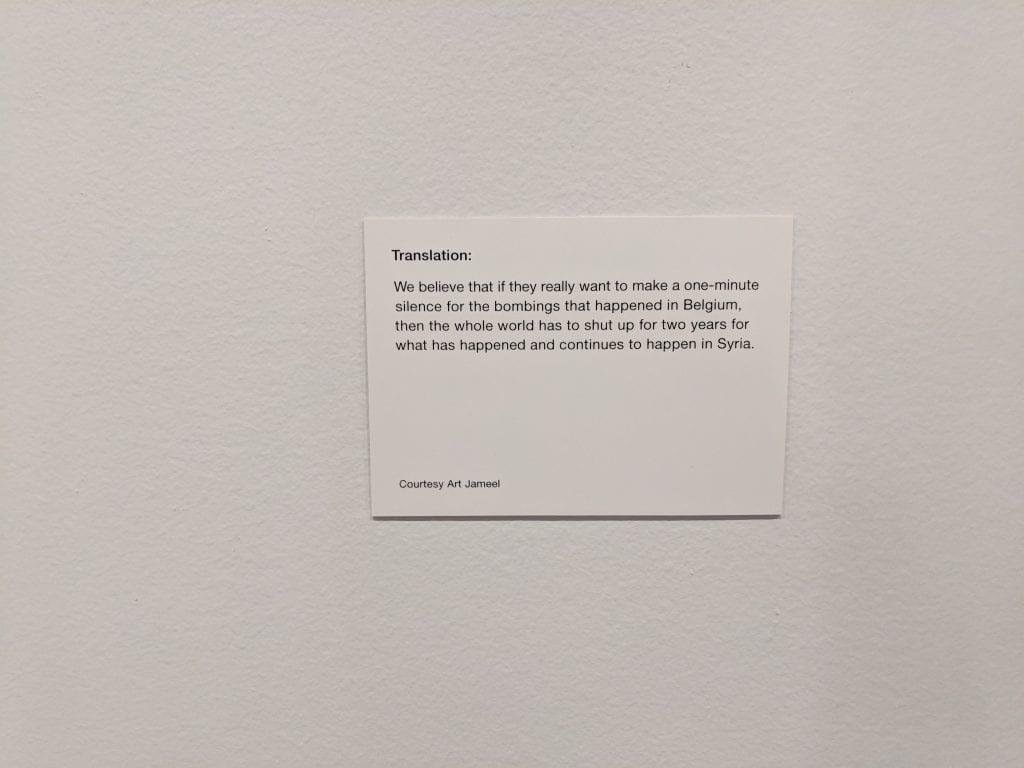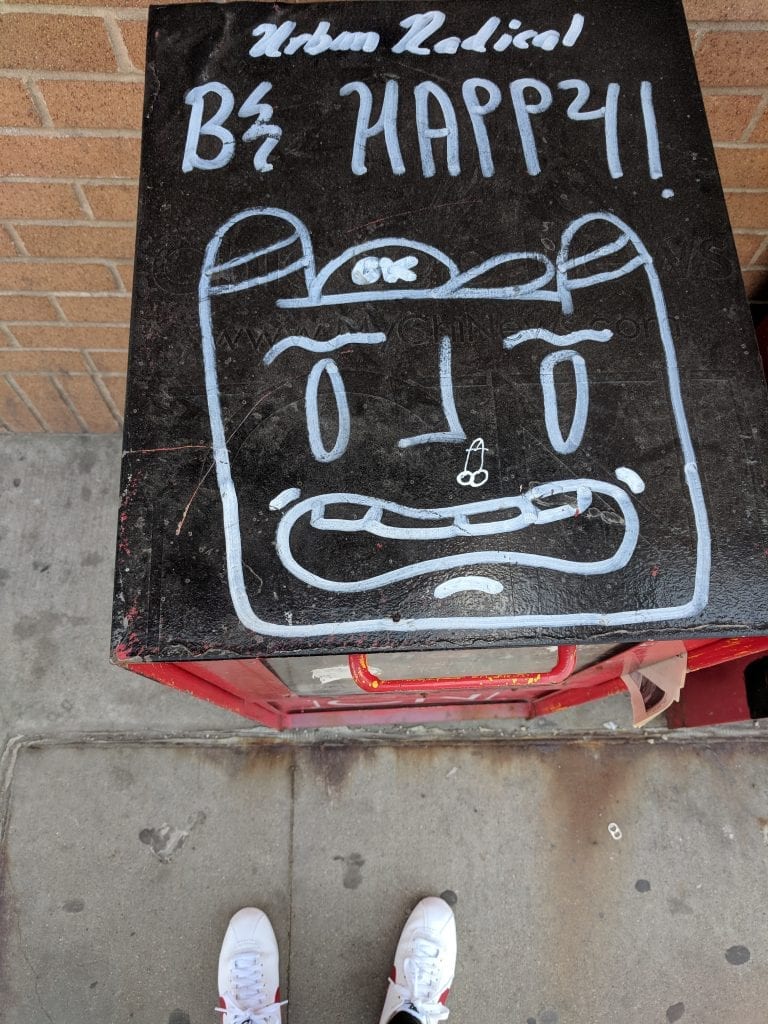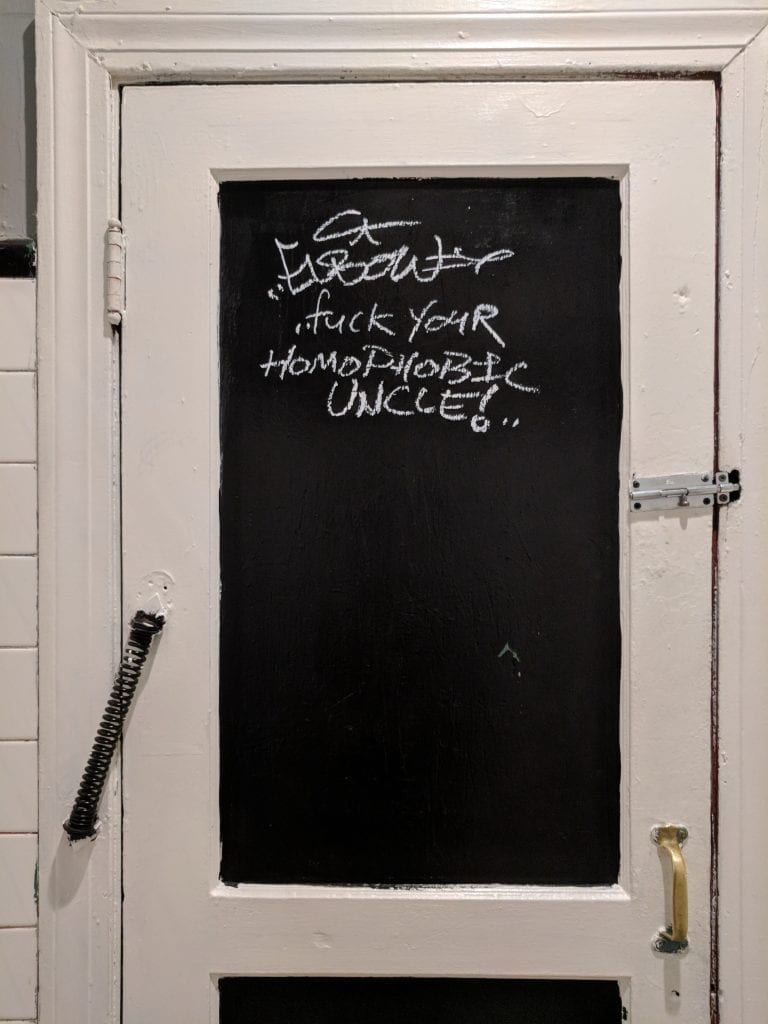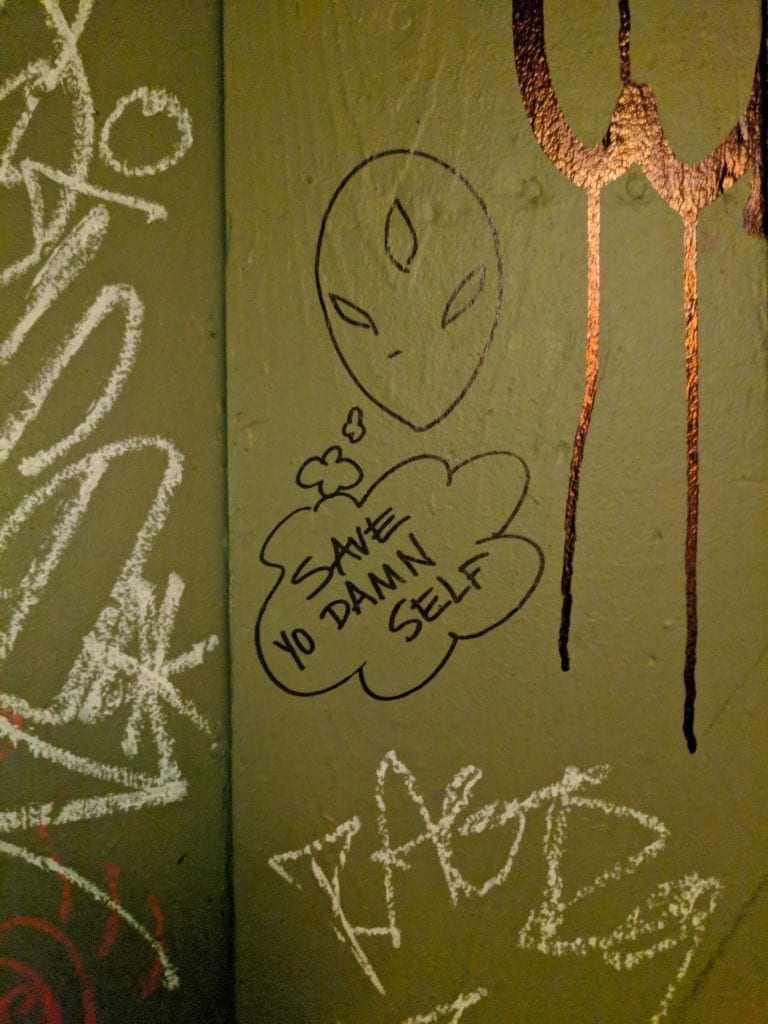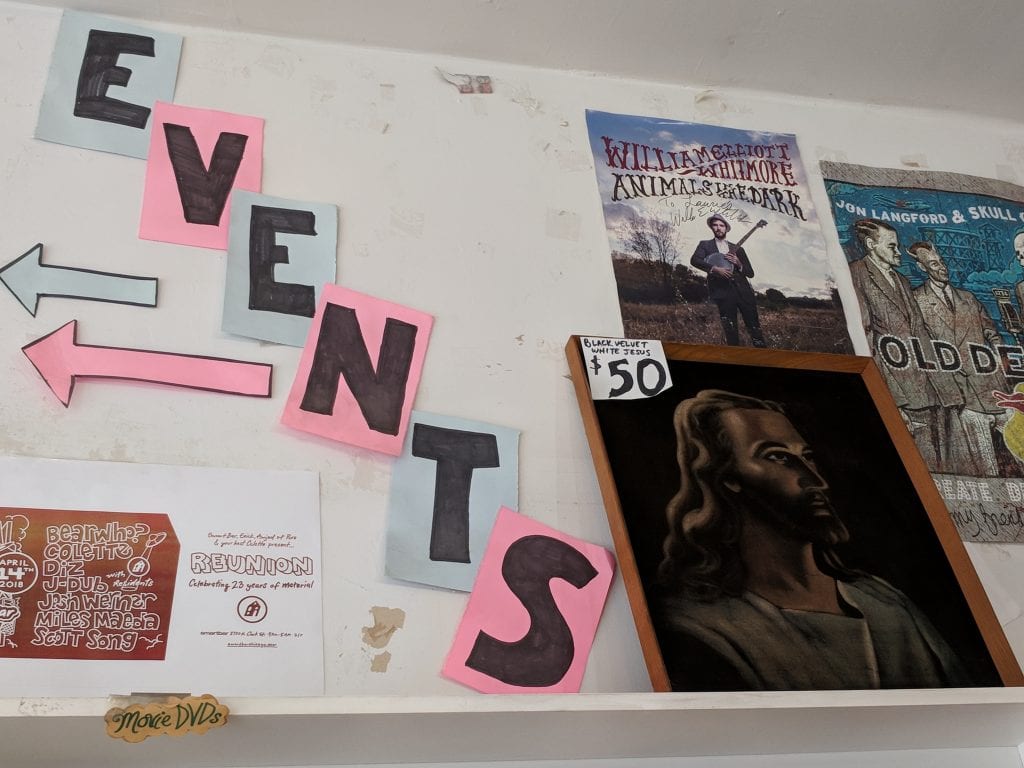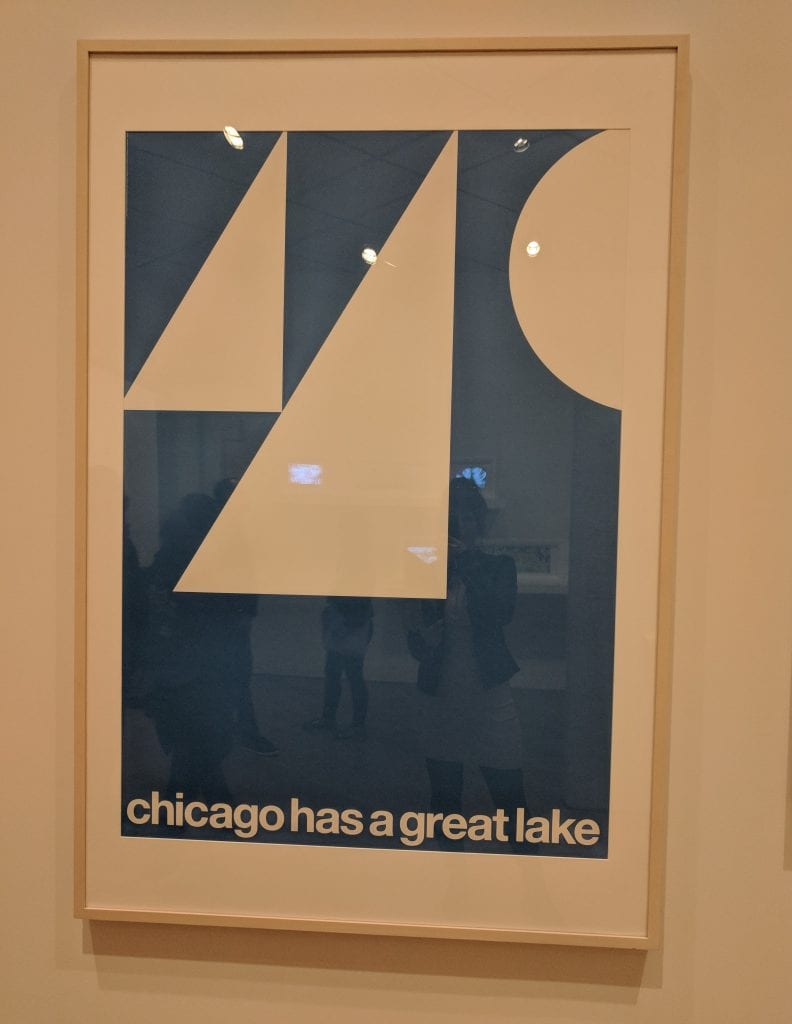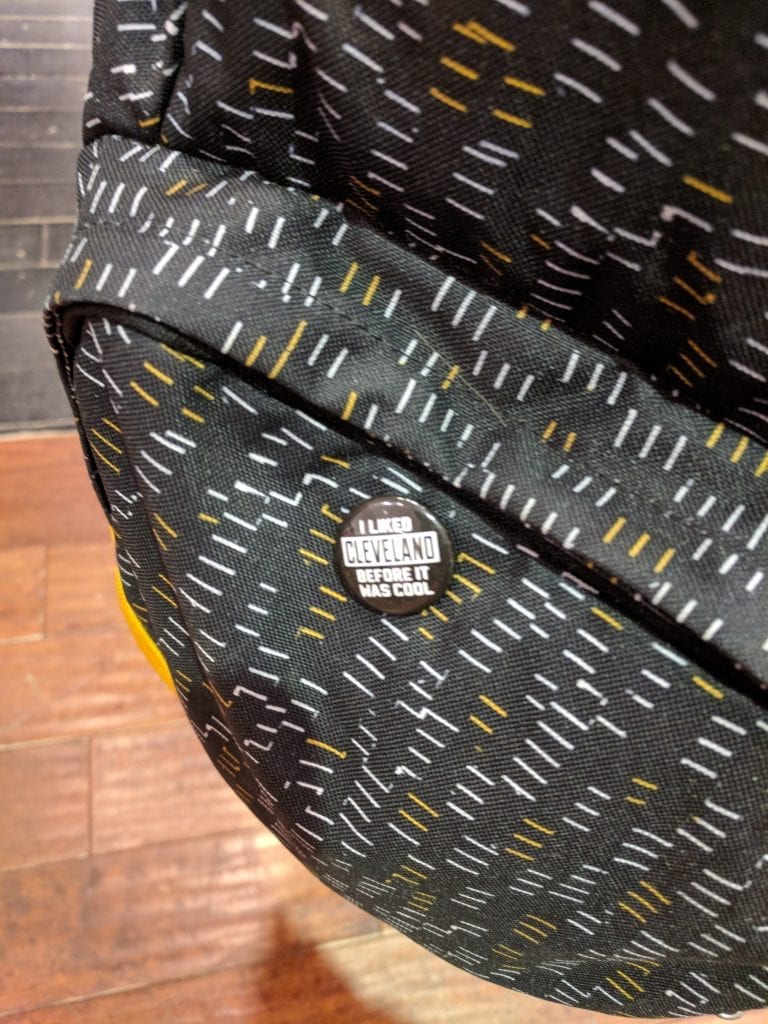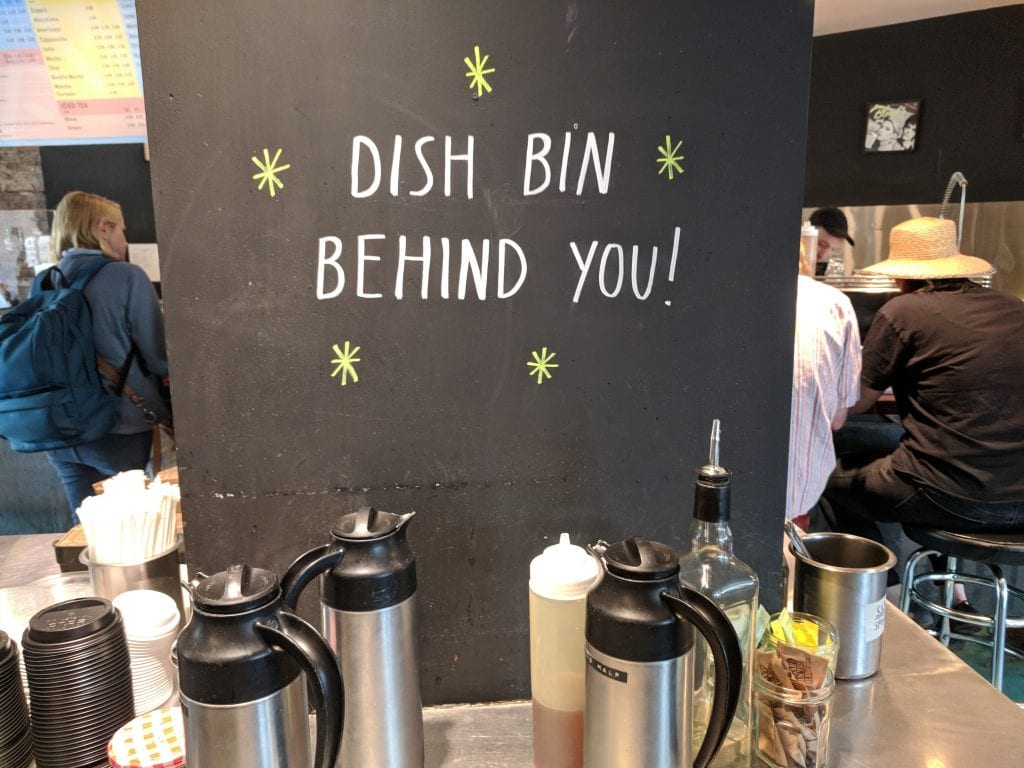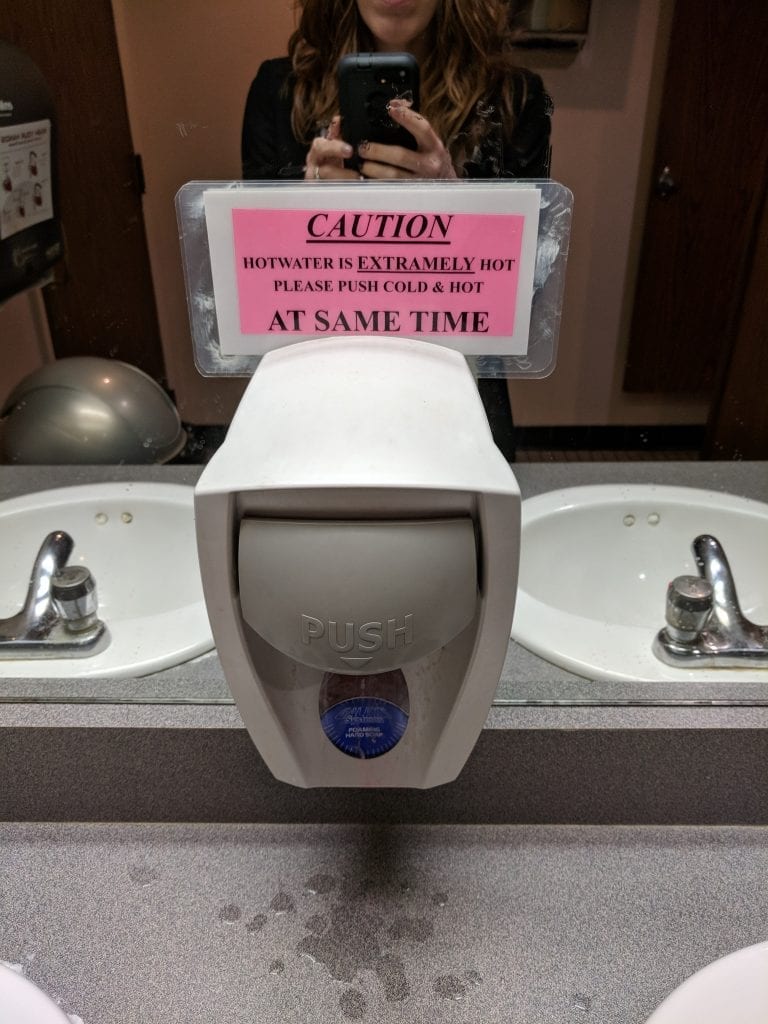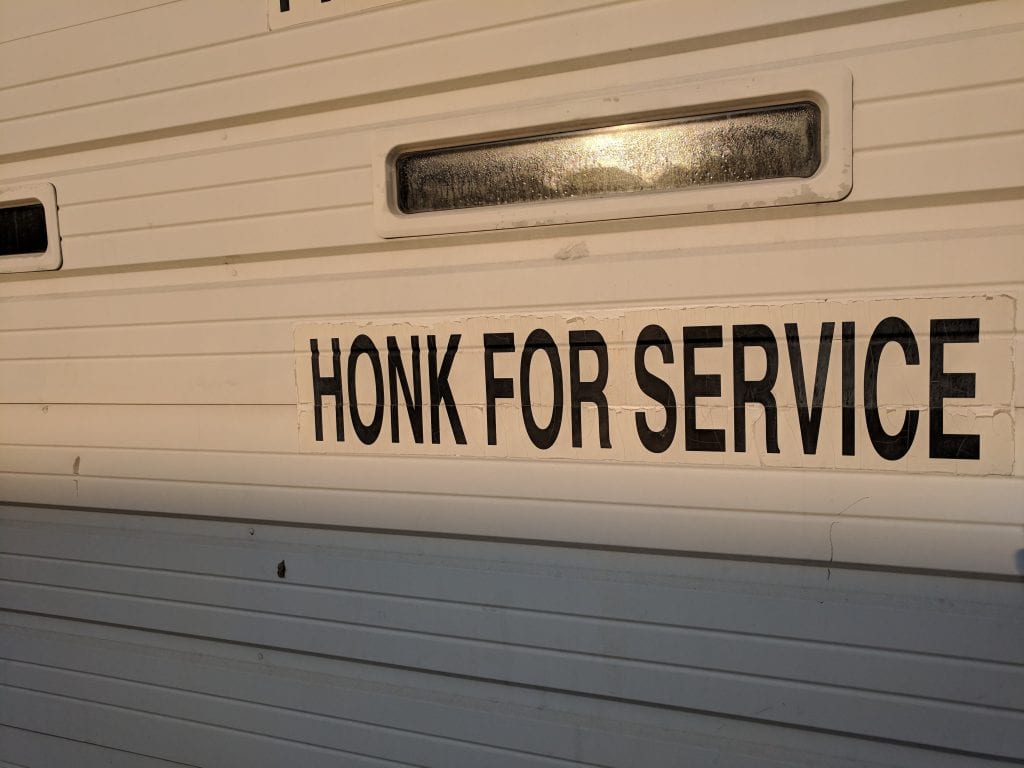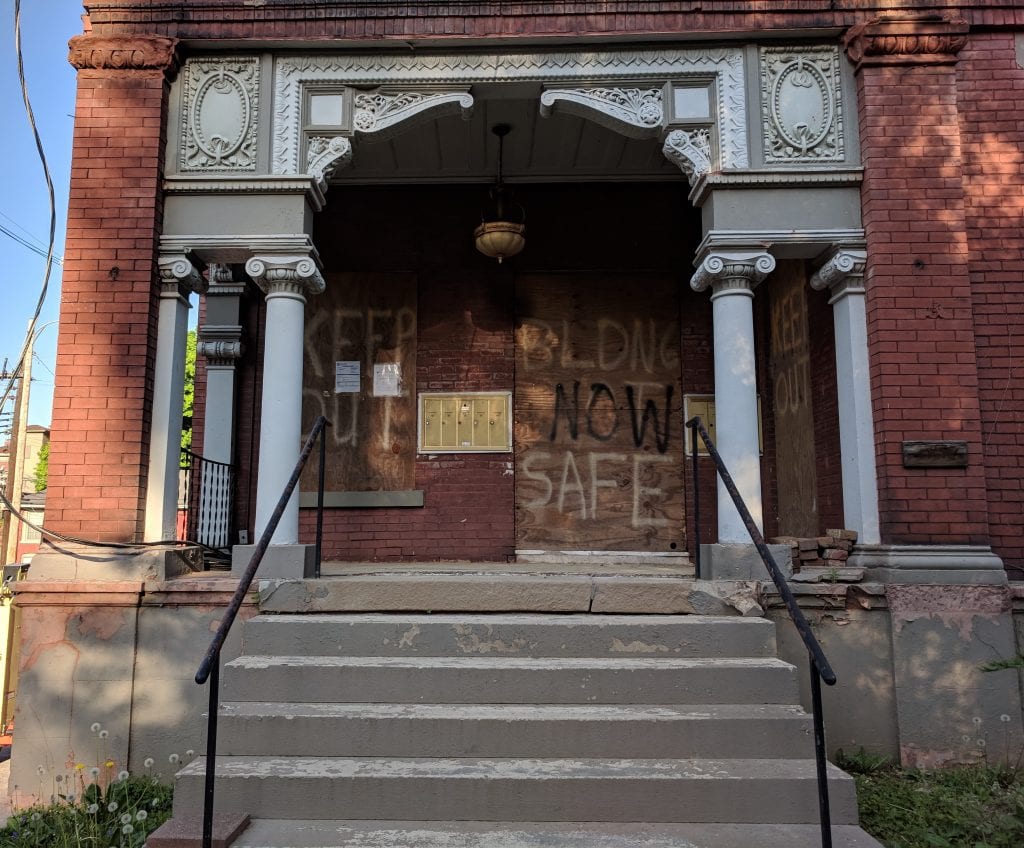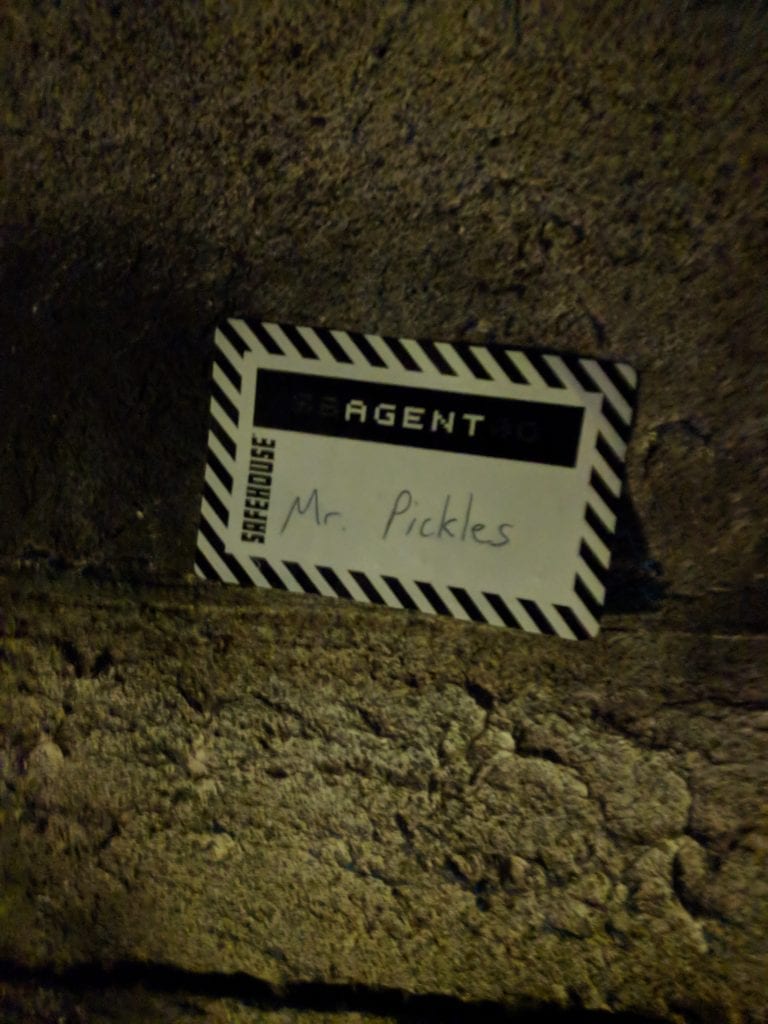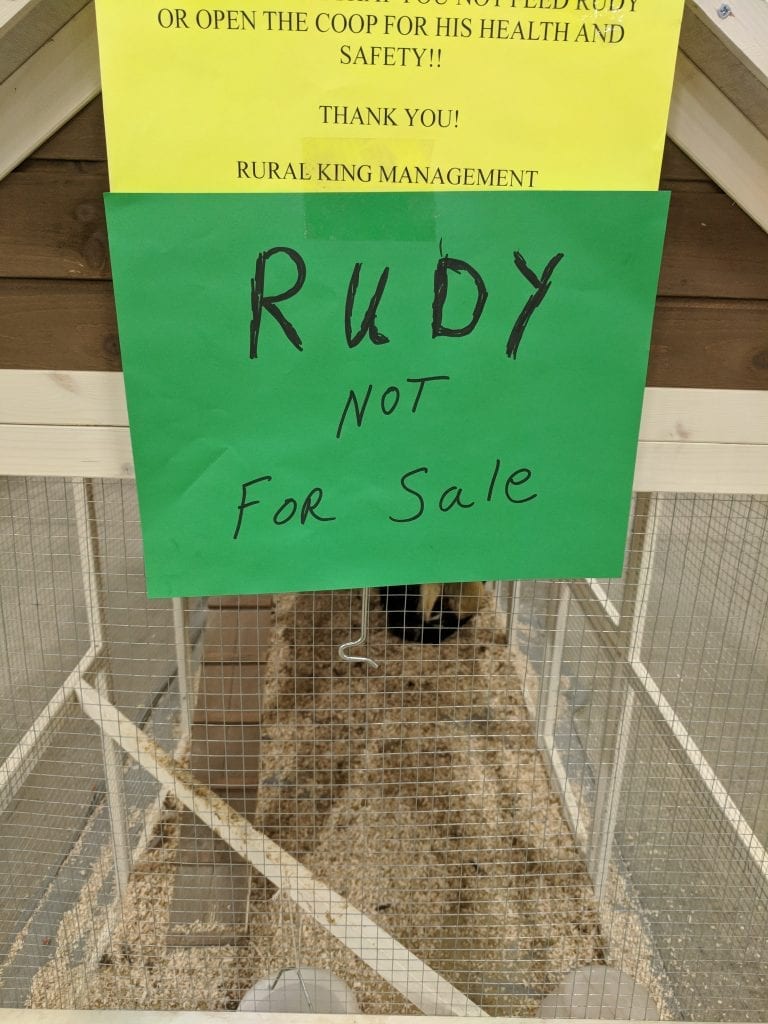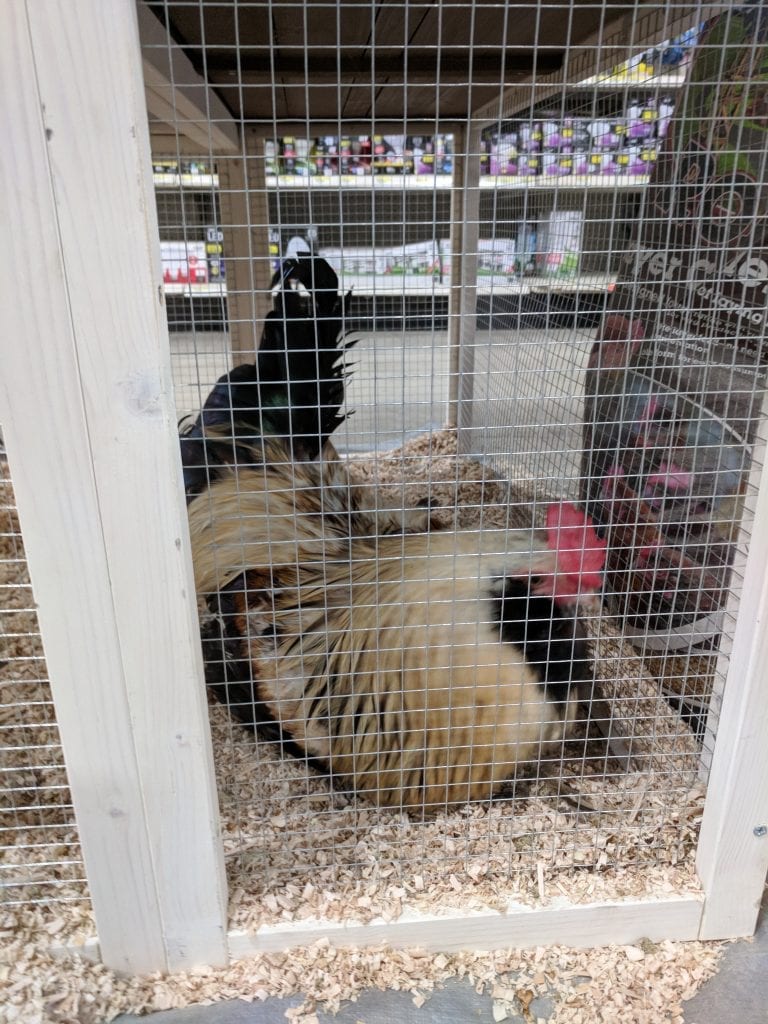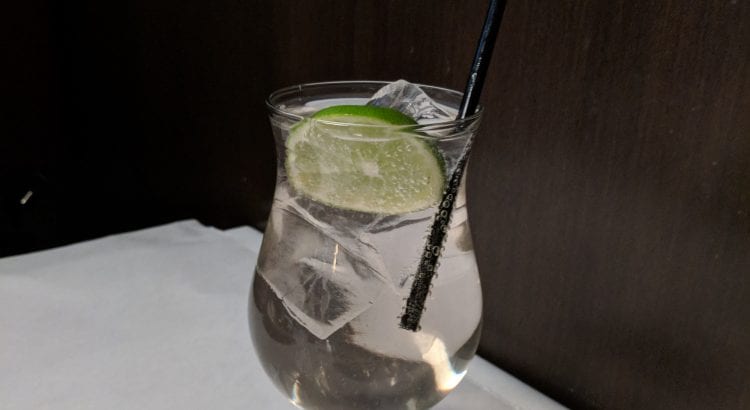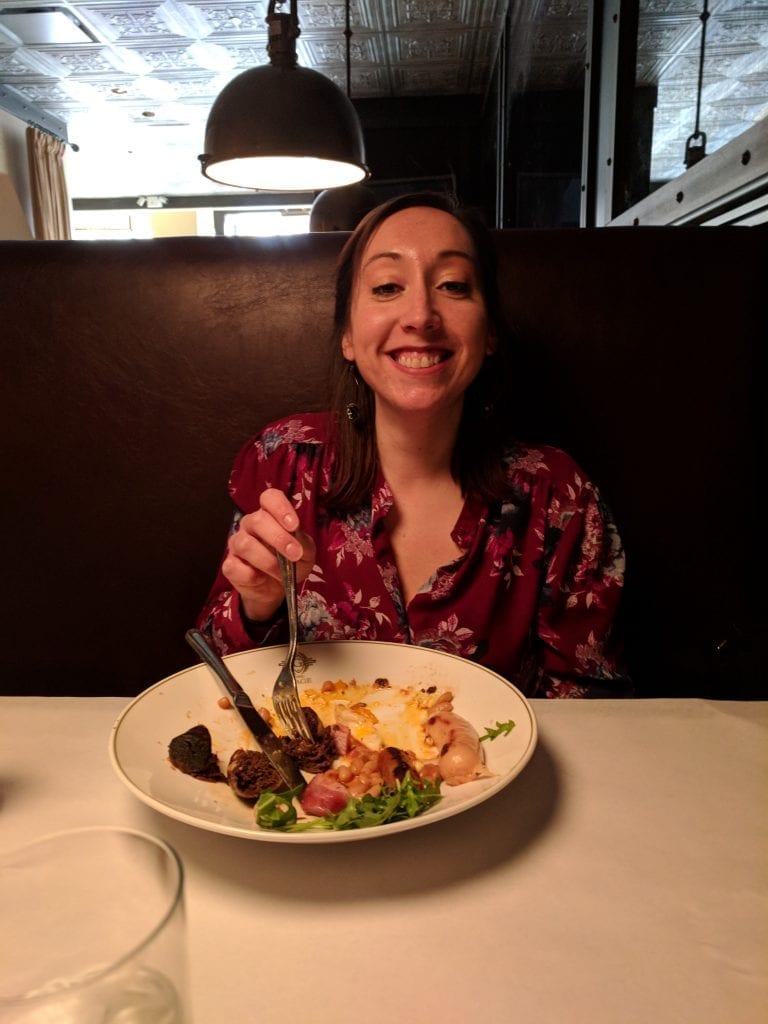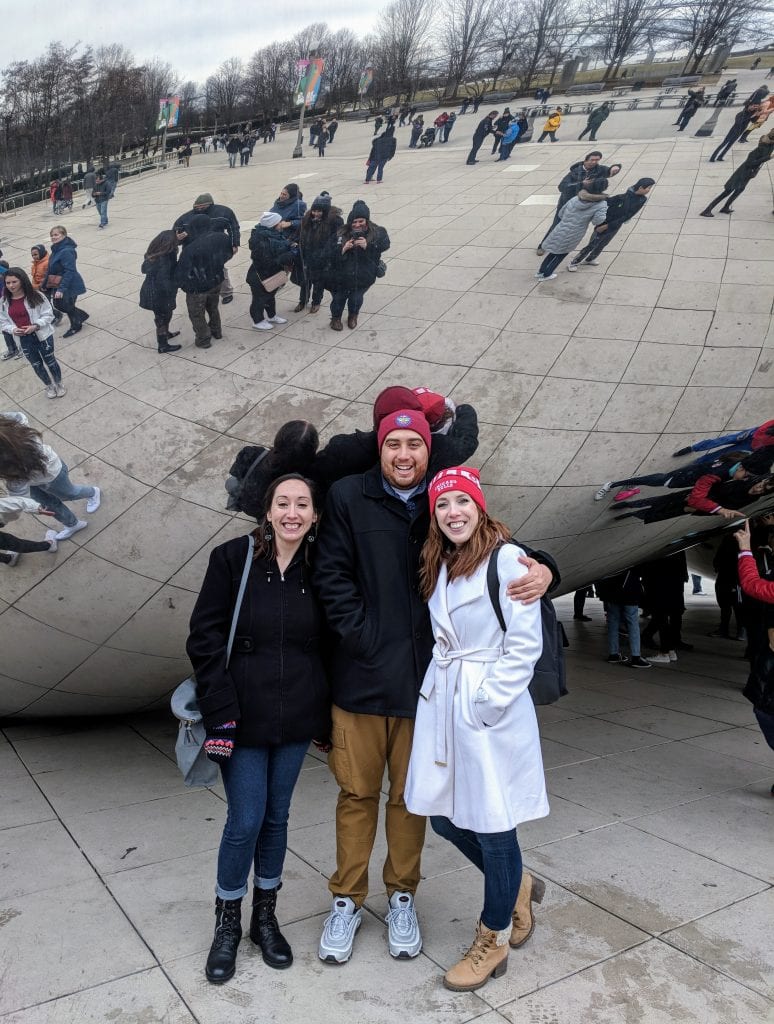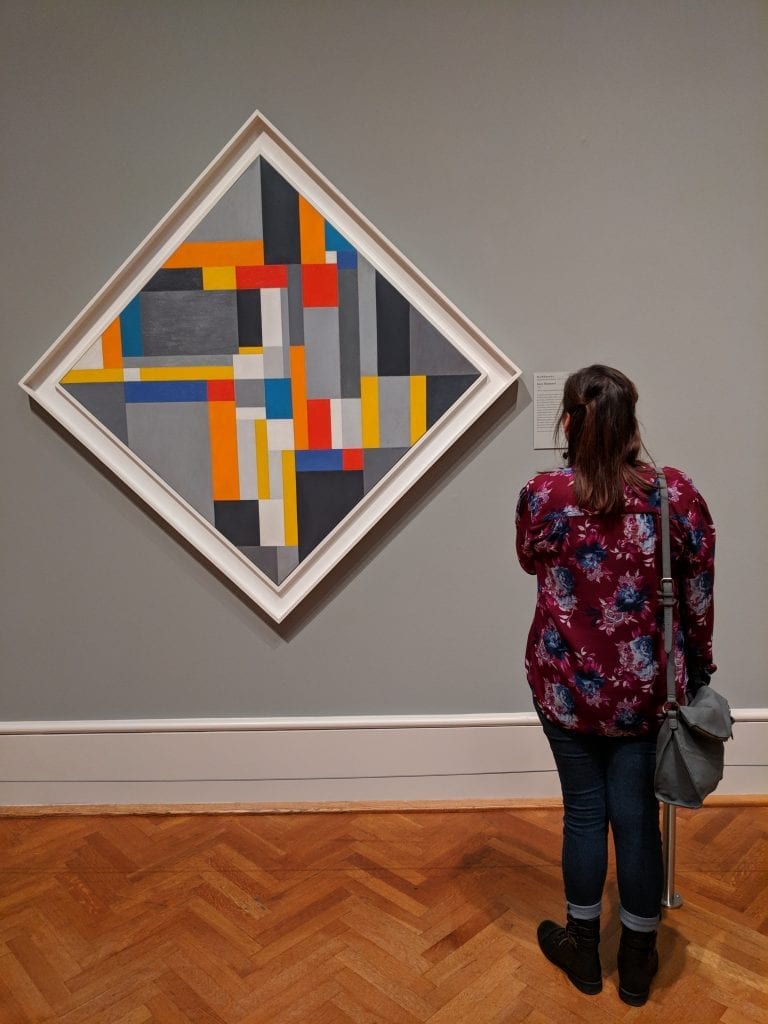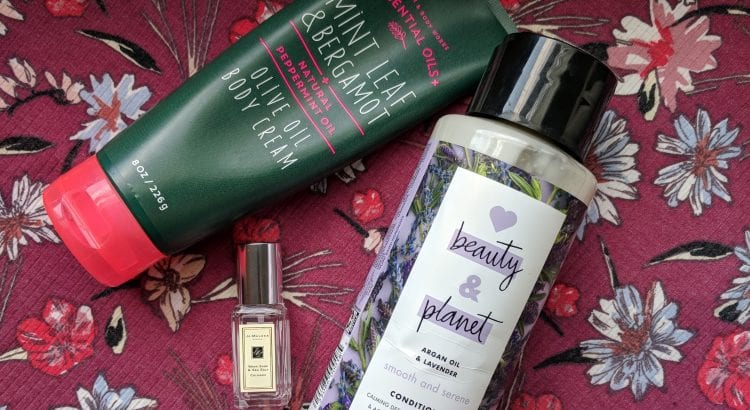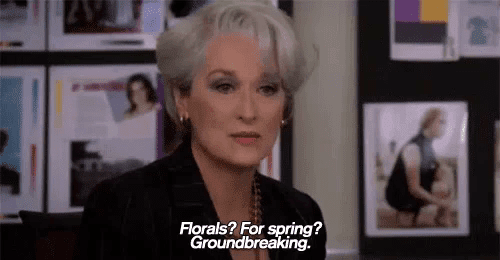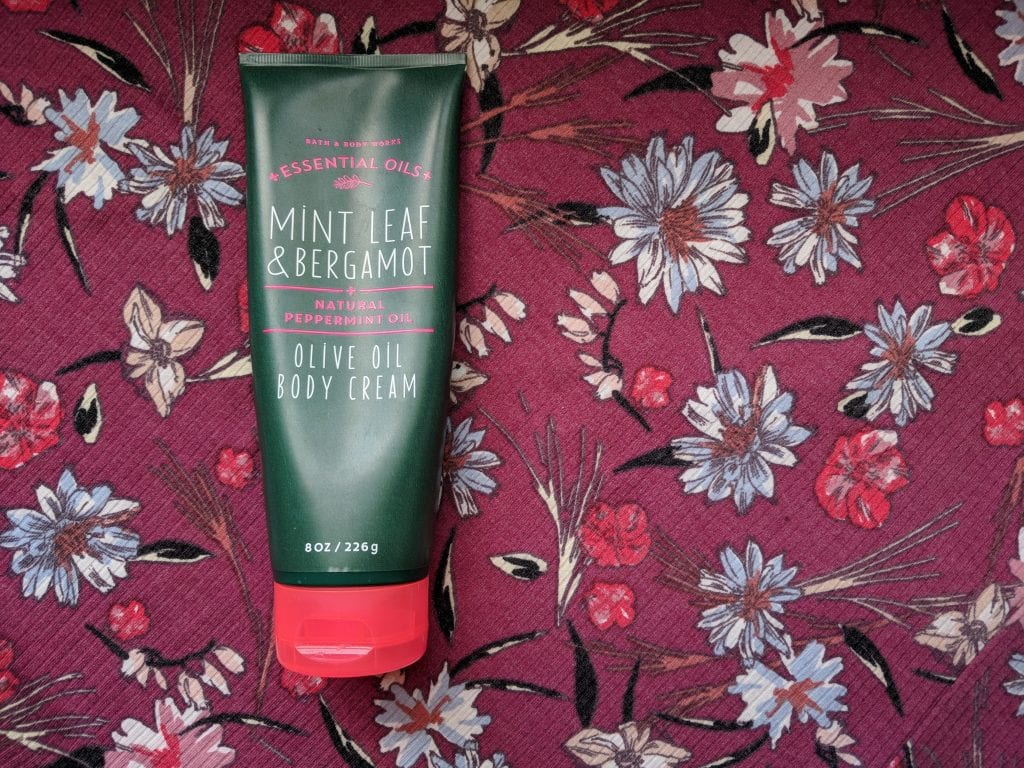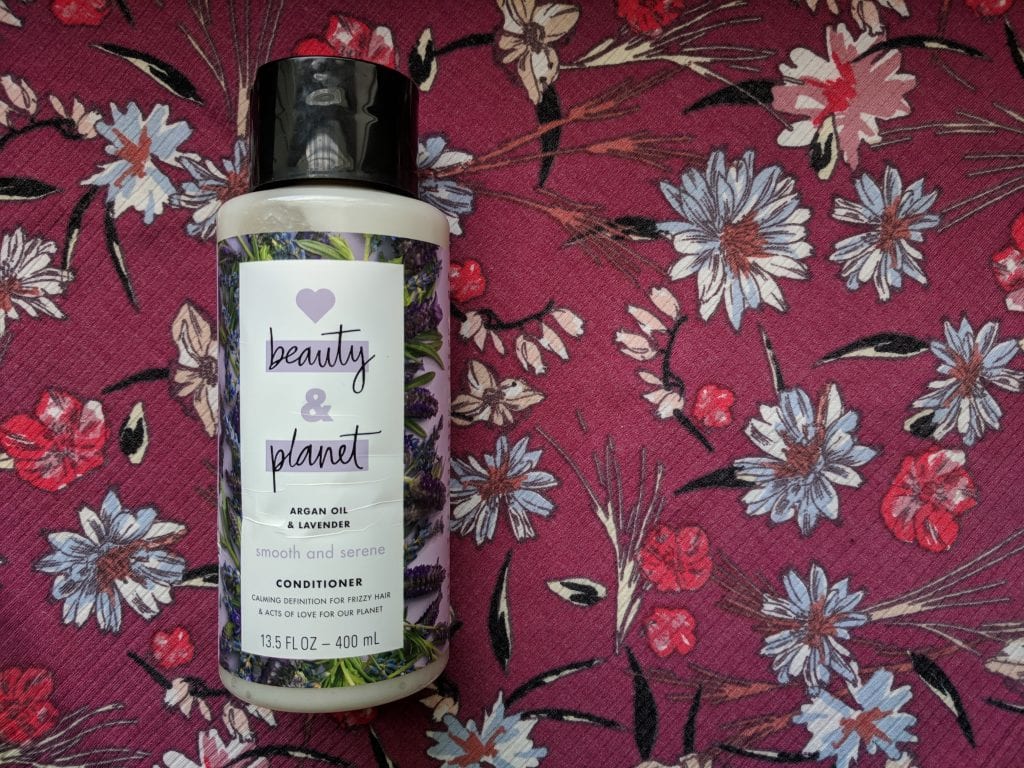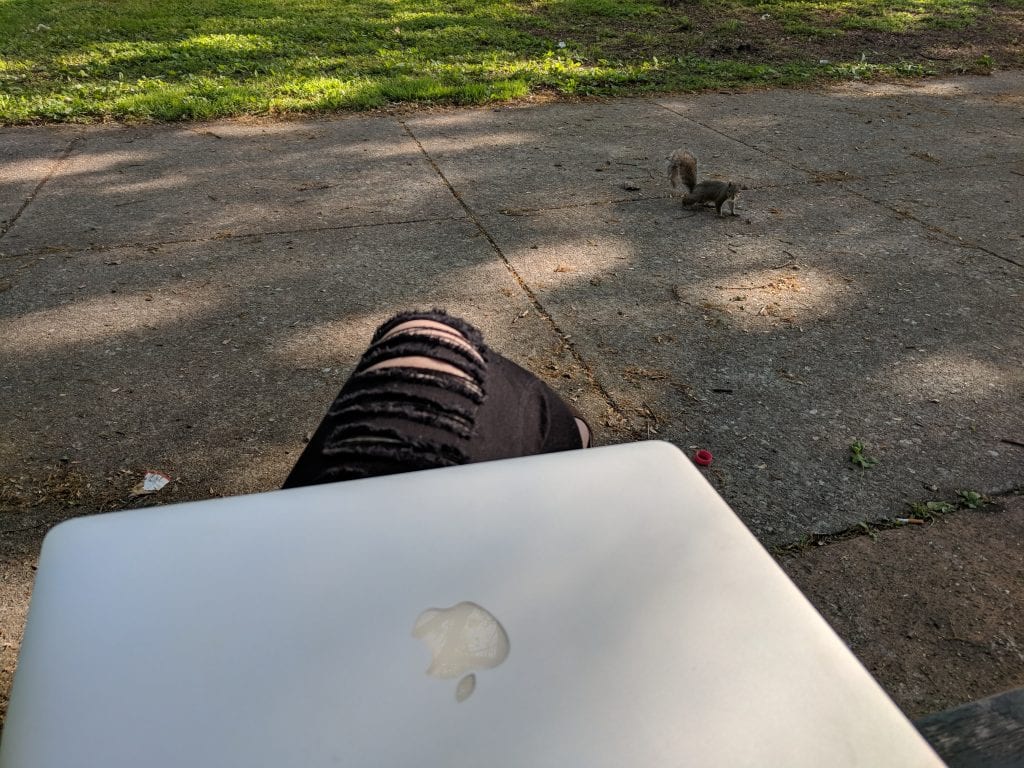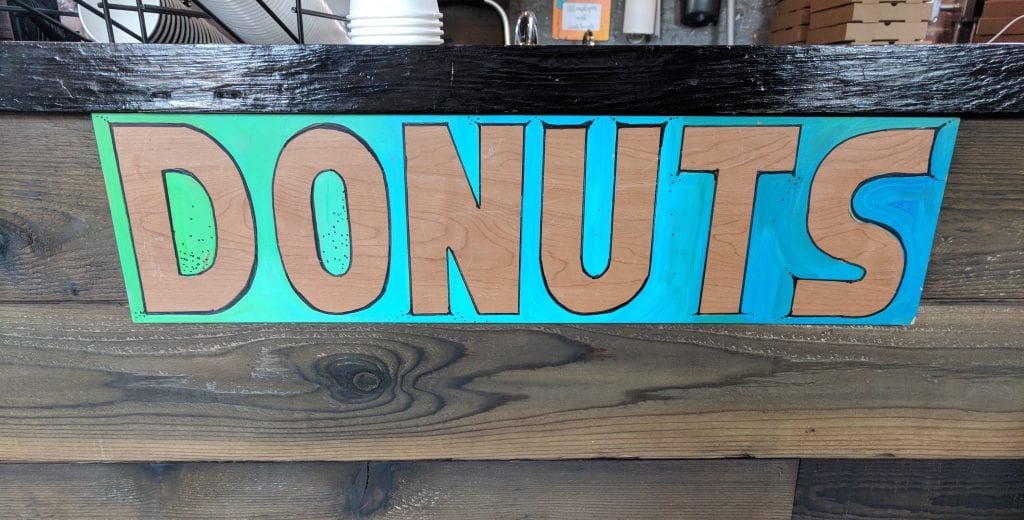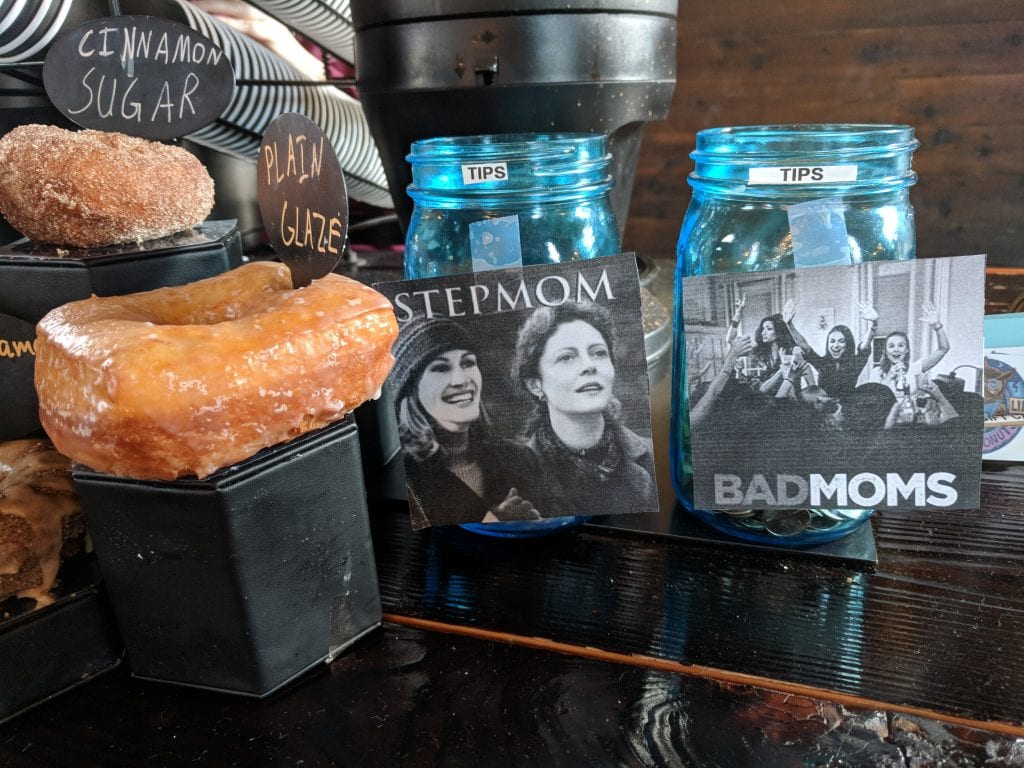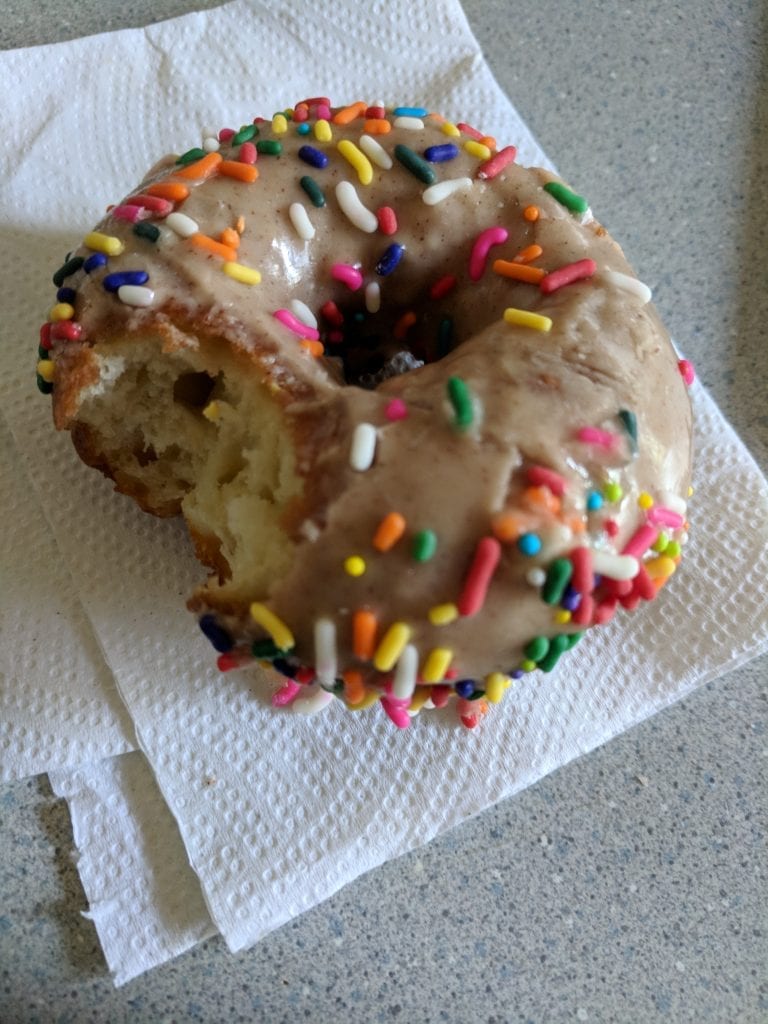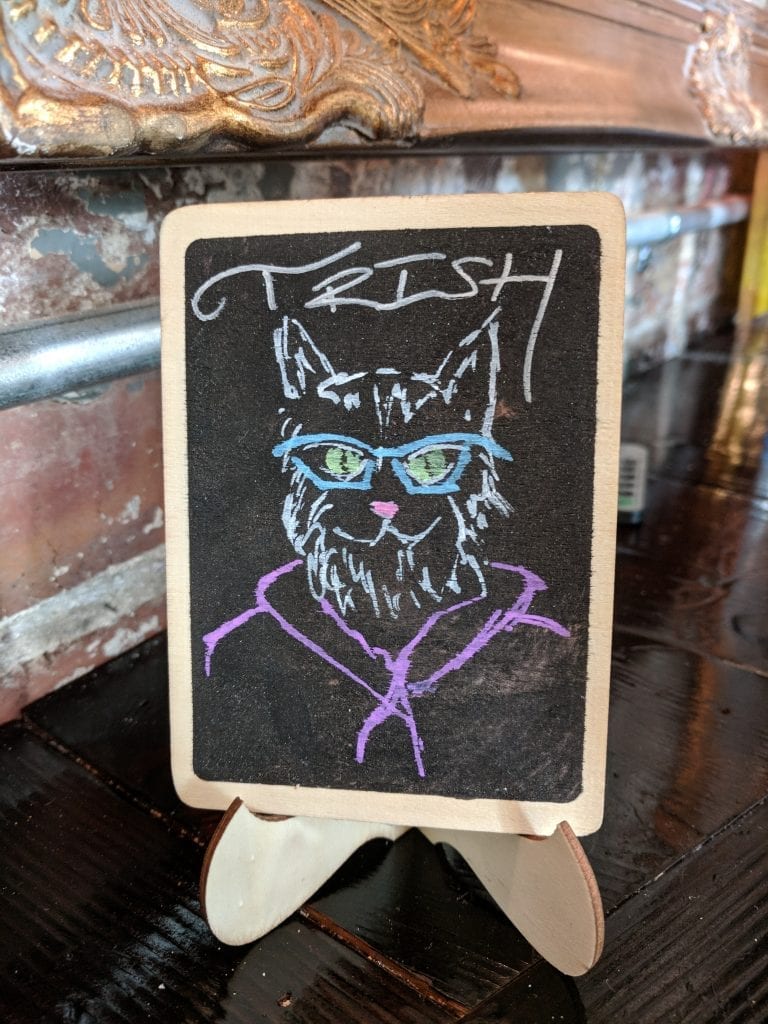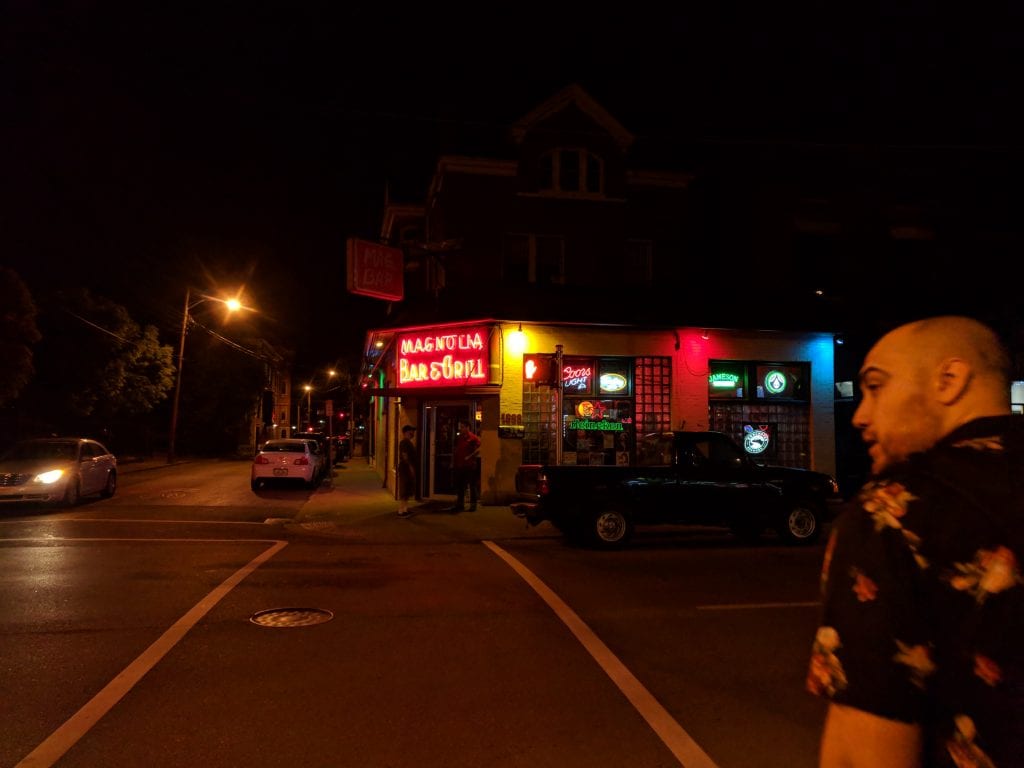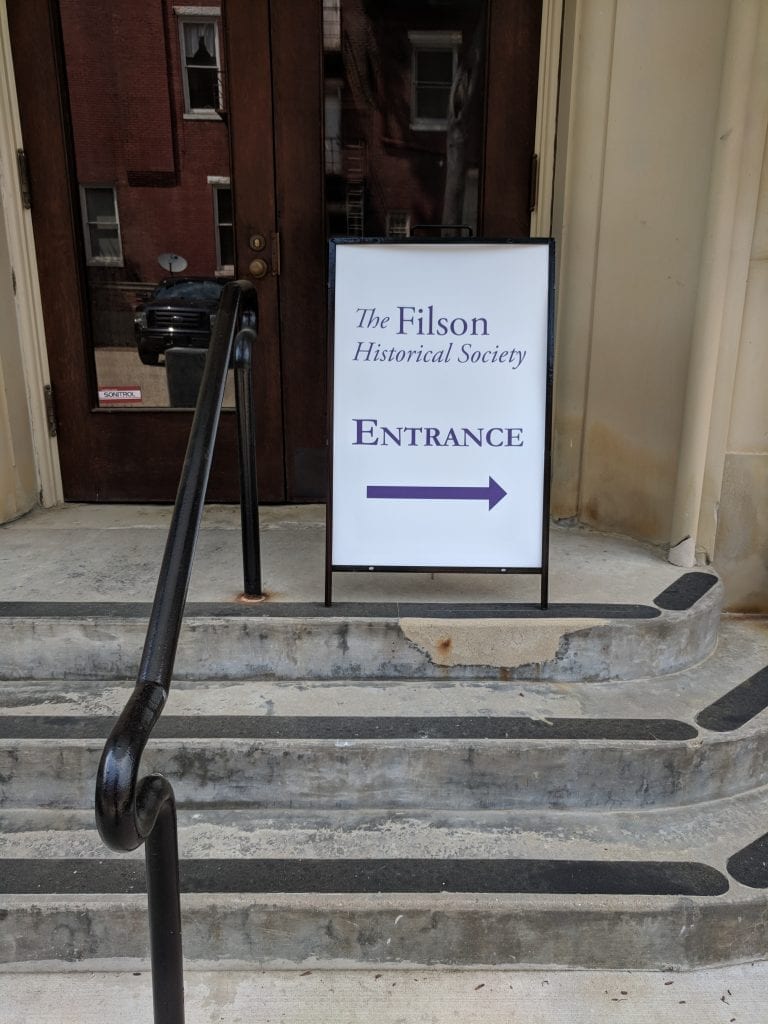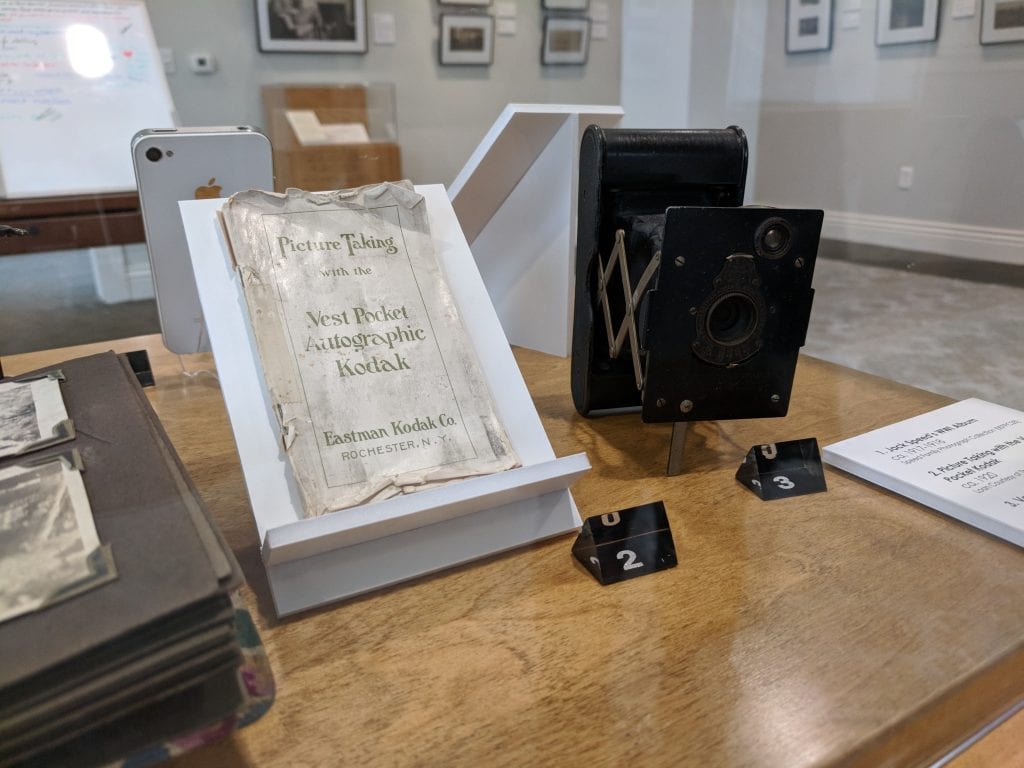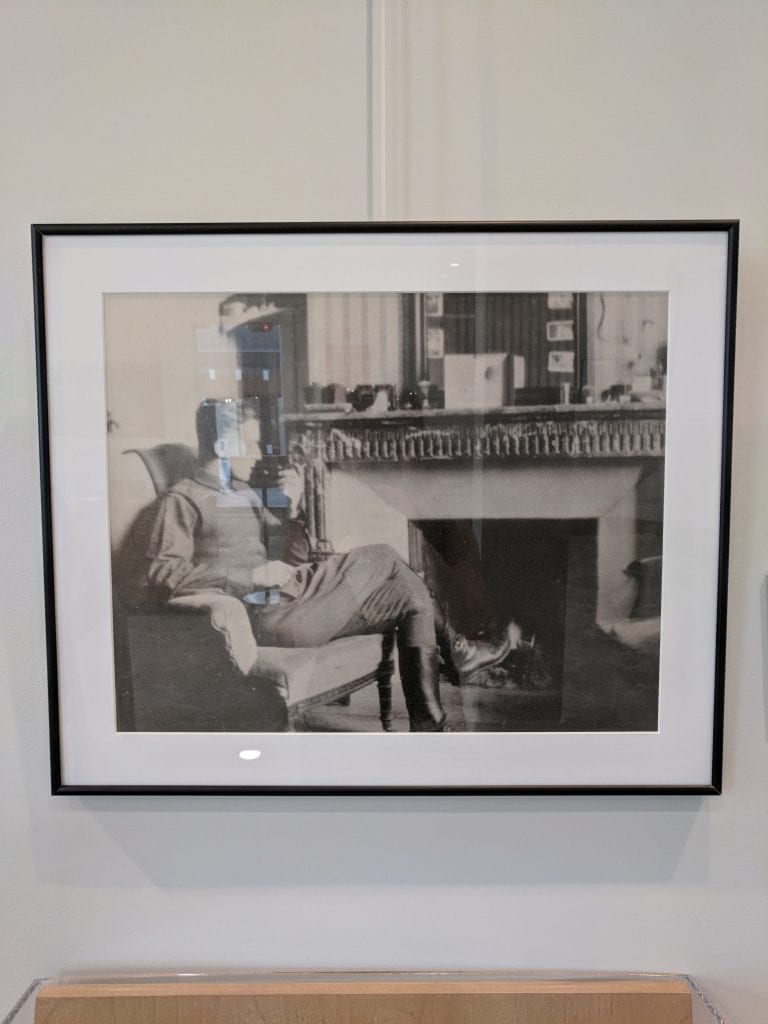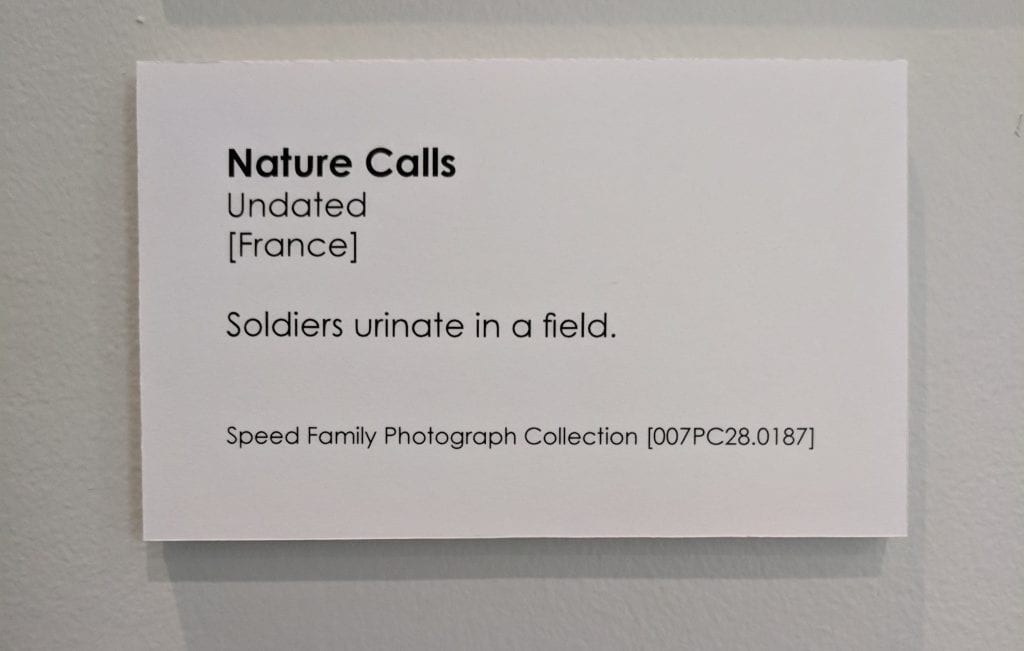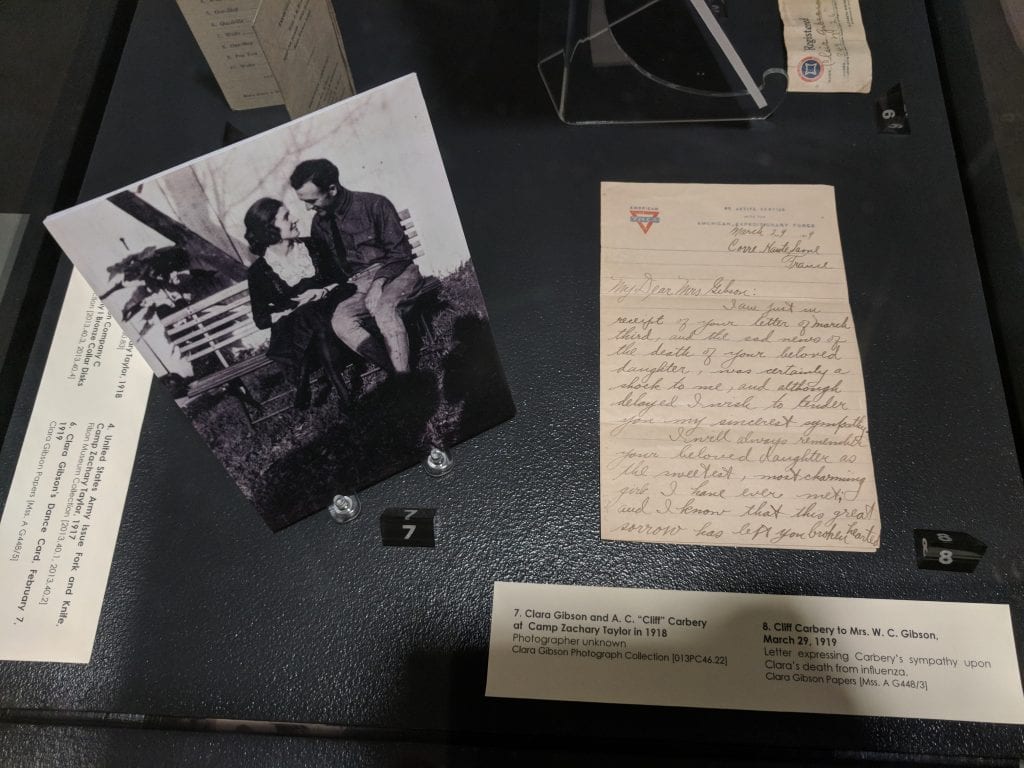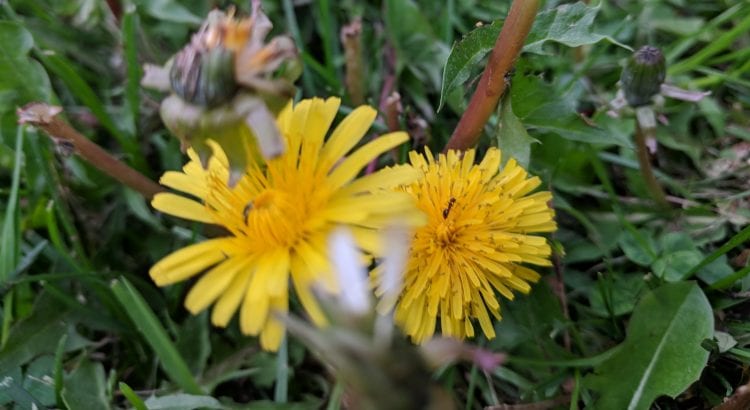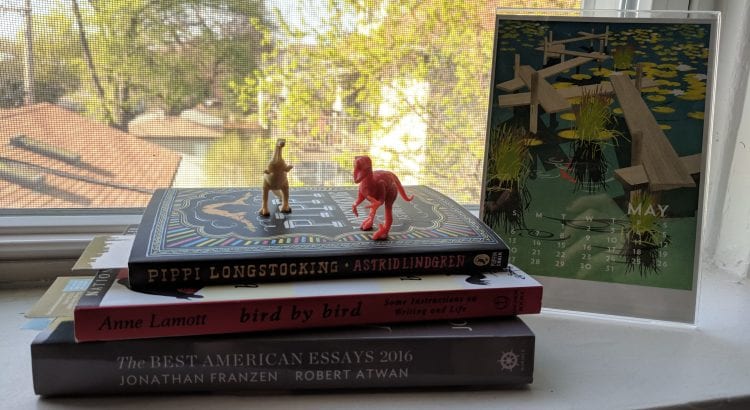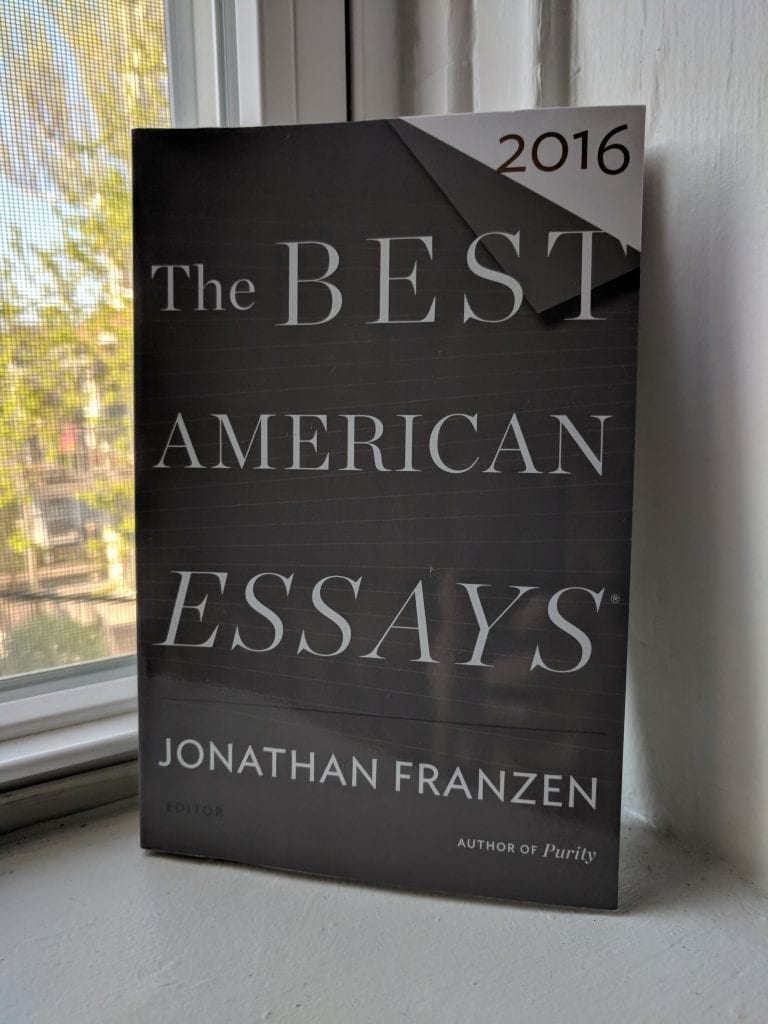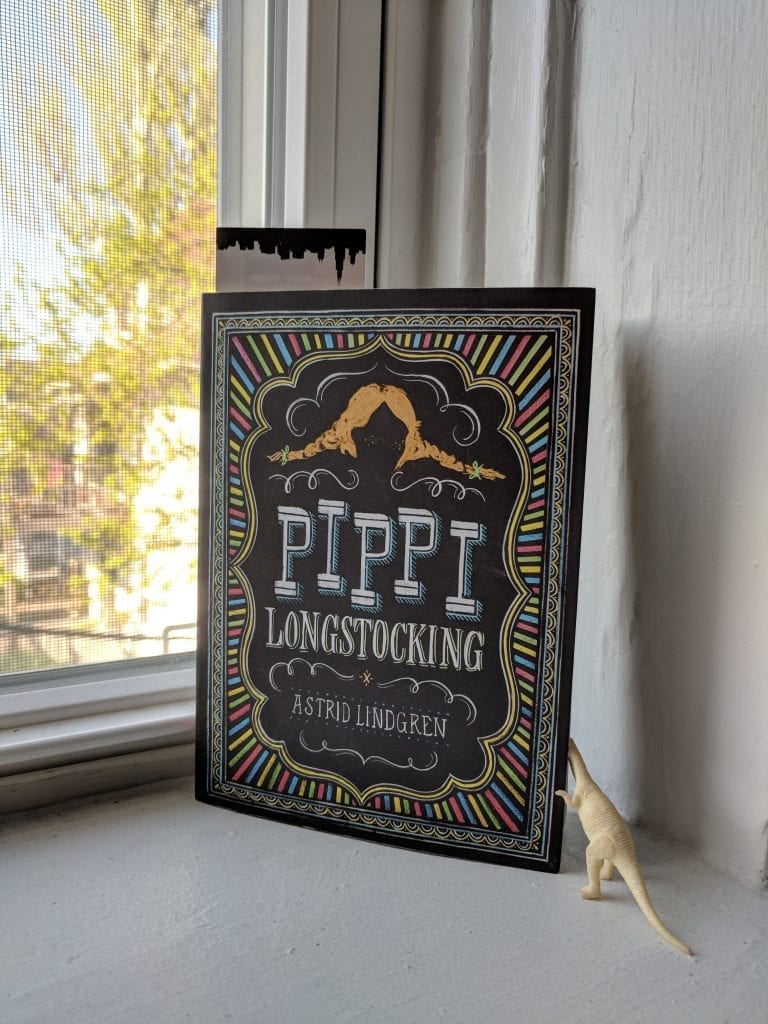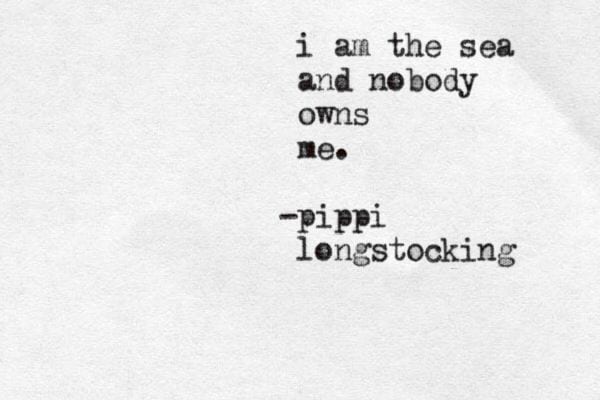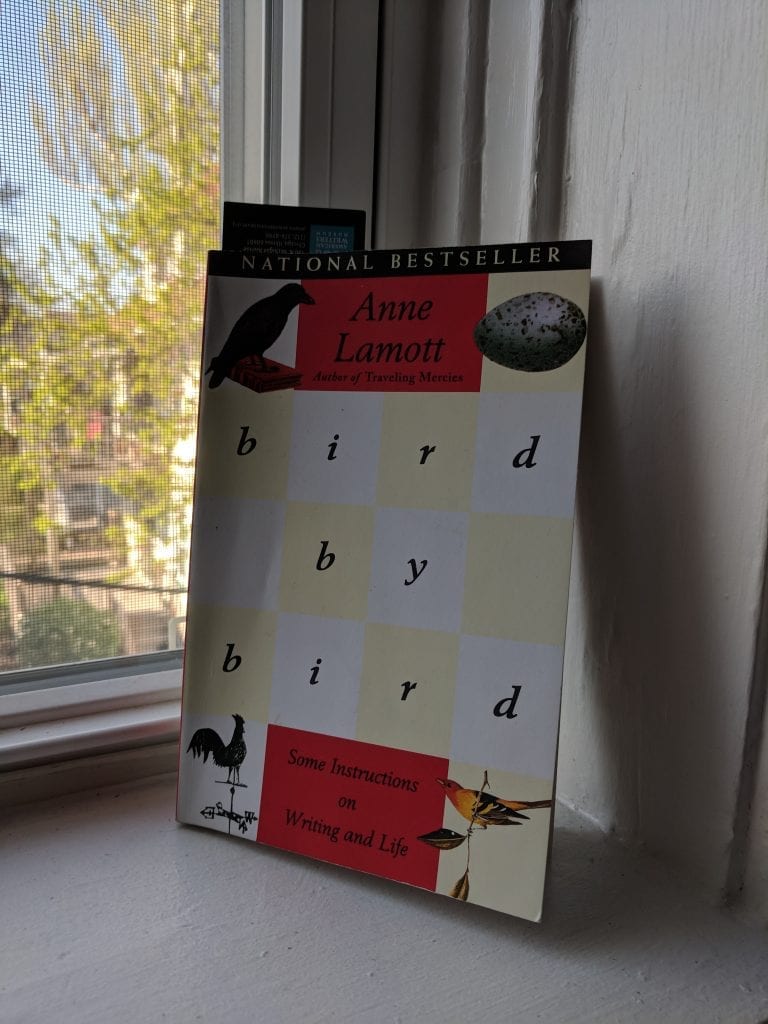I take the long route to the bus stop to stretch my legs and simply be outside. The brick house on the corner has its windows open, jazz puncturing the screen. The helicopter seeds dance in the early morning breeze. The music sounds how waking up before 9 a.m. makes me feel. Adult, aware, kinda sad, mostly hopeful, prone to chaos.
**
Apartment for rent. They’ve bumped the price down from $1,400 to $1,100 a month and put up a black and white computer drawing of the floor plan. They call it a “loft” but it’s just your garden variety studio garden apartment with one cool window. And two exits. All apartments here are supposed to have two of those. Just in case. Chicago is also adult, aware, kinda sad, mostly hopeful, prone to chaos.
**
I wait for the bus to pick me up, determined not to check my phone again to see how long my wait will be. It was six minutes, like, five minutes ago. I stand with my bookbag at my feet, craning my neck down the street like a child waiting for a beloved parent to pick her up from school.
**
The Chicago public transportation system is my favorite thing about this city, occasional pee smell, long waits, and deranged passenger aside. I sold my car as soon as I got to this city. In a place like nowhere-but-everywhere-at-once, a place like Chicago, independence takes new forms foreign to me before now.
I go to the back of the bus, where the seats are elevated and I can watch everyone inside and everything that passes by. In grade school, the cool kids, which meant the older kids, always got first dibs on the seats in the back. You could share secrets and candy and/or/sometimes kisses better back there. I used to ride home from elementary school with high schoolers. I was always in the front but would try little ploys to reveal my maturity to them, with a subtlety that belied my desperation to be like them.
In third grade I became proficient at writing in cursive, which seemed so elegant and adulty to me. So adulty, in fact, I would sit on the edge of my bouncing, hot plastic seat and write in my notebook little stories using cursive’s curly cues. The story I was writing didn’t matter. What mattered was that the older kids who got off the bus before me, with their perfume trail and confident stomps, would take note of my writing and think, “Oh she knows cursive! That means she must be of a certain age! Shall I invite her to the back of the bus tomorrow to tell her all my magical secrets?”
Imagine feeling like you can’t wait to grow up. Try to remember how far away where you are now once seemed.
**
The library smells like books and coffee. The air tastes like poster tape and the back of a stamp. It just opened and is yet to fill with the heavy exhaust of exhausted humans. Libraries are the last real place you can be indoors as long as you want and use the restroom one/two/five times without someone asking you to leave or pay for something. Well, except maybe now Starbucks.
As I walk to the bookshelf of holds, where tomes peer toward the entrance like kids waiting for a beloved parent to pick them up, I pass a little boy who is sitting at the public computer. I catch him staring at me and I smile. He is dressed in red gym shorts and a black tee loose around his belly that’s the shape of childhood, a malleable shape of something arrived too early waiting for its moment to stretch out and settle in.
He reminds me of my husband, what my husband may have looked like as a boy, and I recall a quote from a documentary we watched together once. “Adults are just children who survived.” Maurice Sendak said that, I think.
I pass the boy again as I leave and wonder if he’s pulled up the news site he’s looking at in hopes someone like me, maybe me specifically, the cool old woman in the halter top who smiled at him, will notice… Will notice and will think, “That gentleman must be older than I thought, what with his well-curated morning news perusal?! Perhaps I shall invite him to the back of the bus and teach him cursive.”
**
I take the 80 bus three neighborhoods east and get out one mile from my next destination. I start to walk.
A man passes me and says, “Beautiful girl on a beautiful day,” and I don’t hate it, despite the “Everybody Dance Now” blaring from the phone in his pocket. That’s not a euphemism.
Another man passes me talking on his phone. “Is it diaper time?” he says to the person on the other end. I pretend he’s not talking about a kid and giggle.
Women in sundresses.
Dogs with dopey grins.
Breezes with a lick of lakeshore’s chill.
Sweat softening every place where my skin melts into fabric.
Summer has officially begun.
**
I was reading recently about lobsters fighting for dominance and how, when one loses very badly, his brain basically dissolves, unable to cope with what has happened to him and adjust to the new state of things. I think of this passage as I watch a woman wearing a trashbag push a shopping cart down the sidewalk. The neighborhood I currently live in has a man like this who’s always hanging around a particular intersection, usually screaming indecipherable things. Justin and I call him Yelling Guy and we and the other neighbors generally let him go about his business of scaring people who haven’t been there before and walking harmlessly up and down the street. I wonder what monster melted their brains, who or what hurt them.
**
The first fews months of college, which marked my first extended stay away from a place I spent 18 years of my life, I kept seeing people I thought I knew walking around campus. On the quad, in the dorm, right outside class. “Oh it’s so-and-so! What are they doing here?”
My mind connected these strangers’ facial similarities to people I’d seen all year long, every year until now. It was like seeing ghosts.
I used to live in this neighborhood where the 80 bus has deposited me. I see some of the same people: the woman who lives in the brownstone walk-up doing her daily walk, a family herding its toddler sheep to temple, the cashiers at Walgreen’s. I keep an eye out for the weiner dog in the weiner dog-sized Cubs hat, a staple of these sidewalks.
**
And there! Right as I’m about to head to the bus back home, through the windows surrounding the bar stool where I’m finishing up lunch, I see him. The neighborhood weiner dog who wears the Cubs hat. A fan favorite. A happy boy. A good boy. Tongue out, saying hi with a waddle-wobble strut that teeter-totters his little body left to right like a puppy pendulum: Same. Old. Same. Old. Different. Older.
**
My time spent watching the hatted weiner dog and sitting in the good feelings of my good fortune of having spotted him in this neighborhood overrun by regulars and tourists alike, I remember I packed some shoes to take to the cobbler up the street.
I hand over my heels and sign my name on the receipt. It’s the only time I write in cursive anymore.
